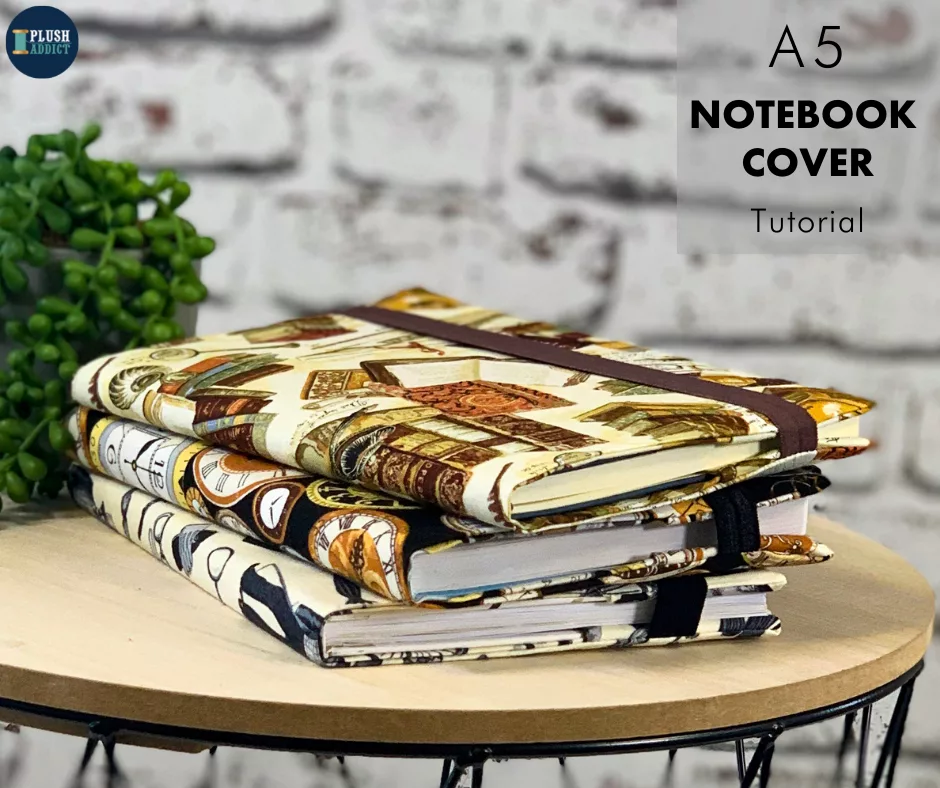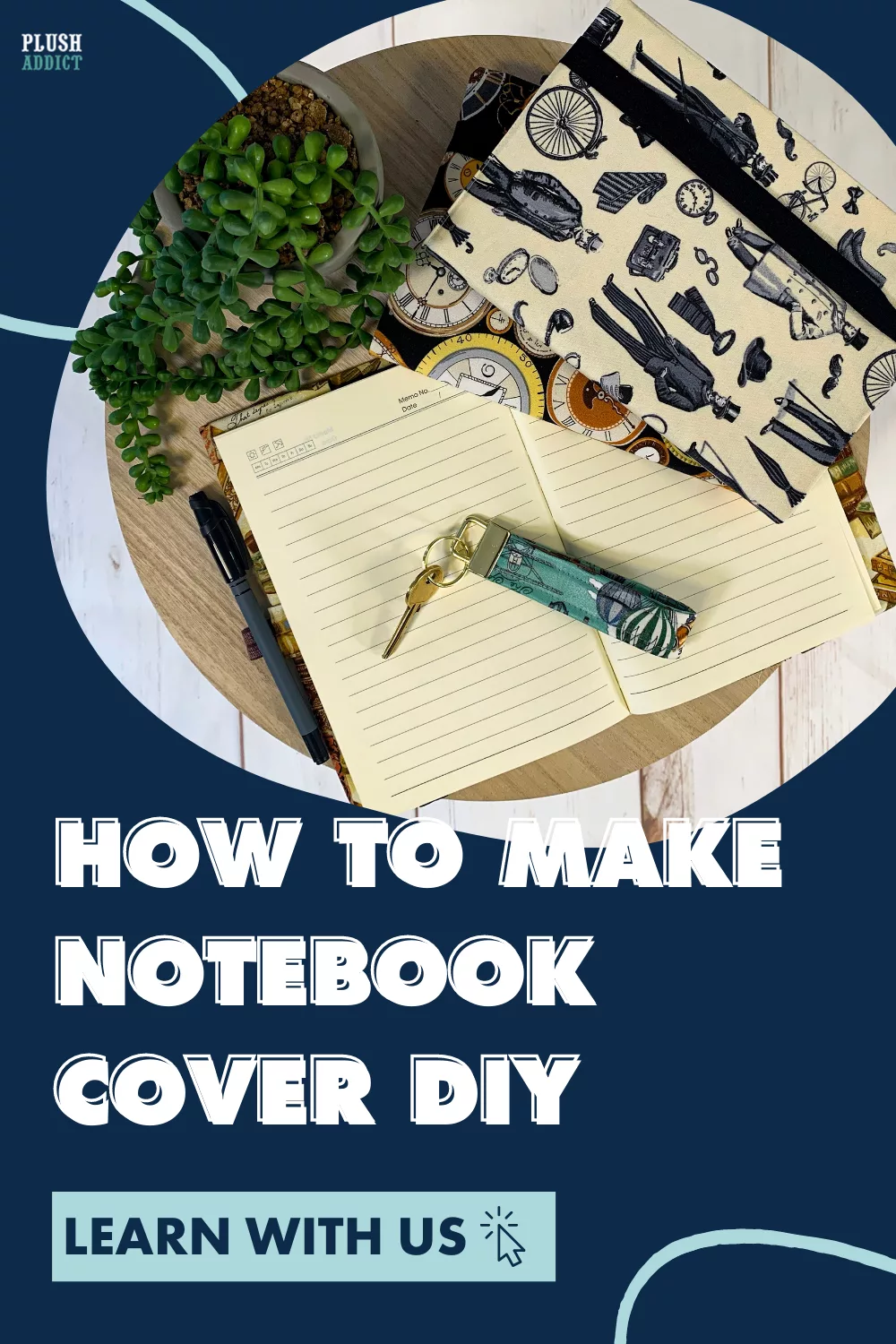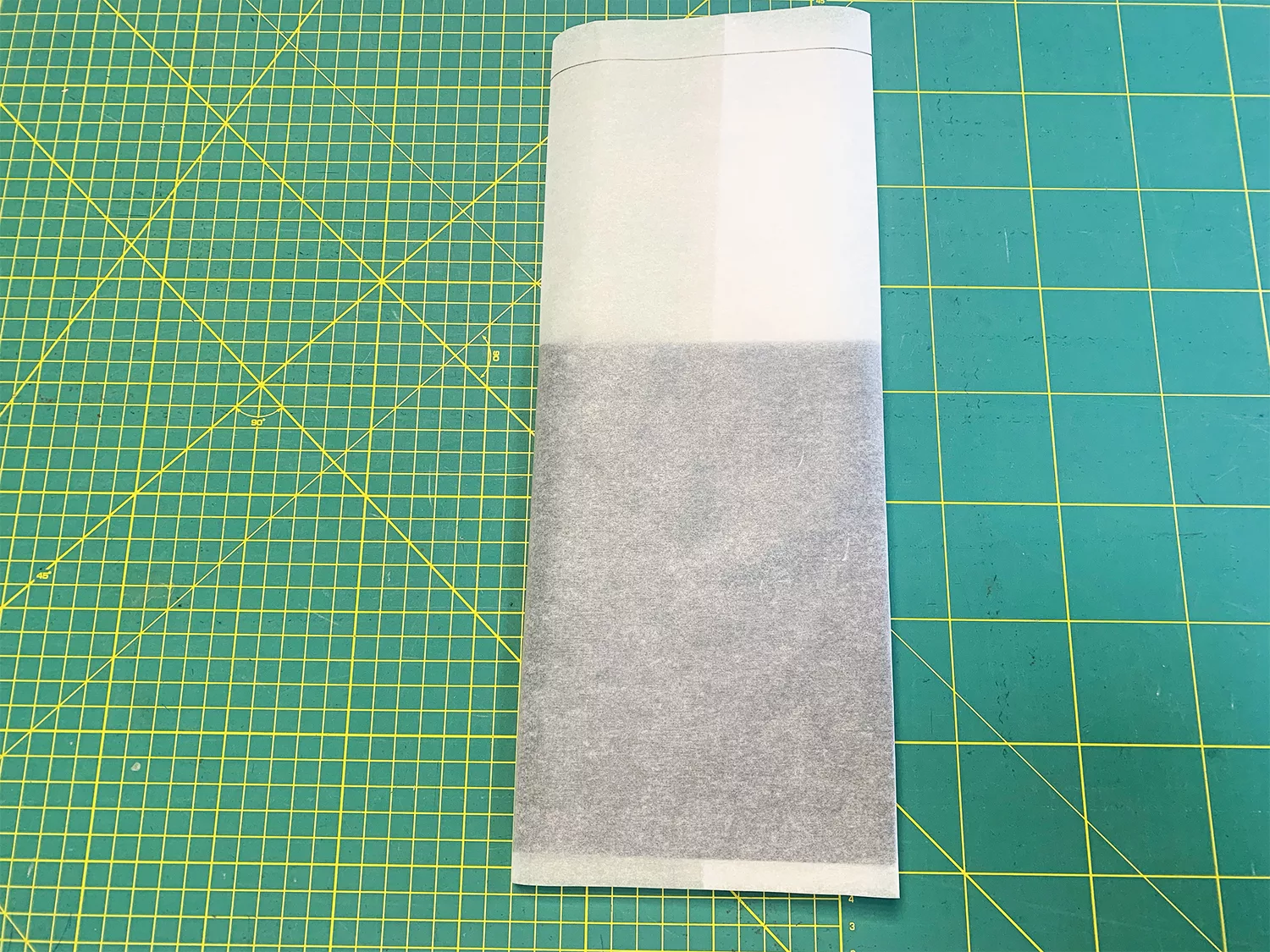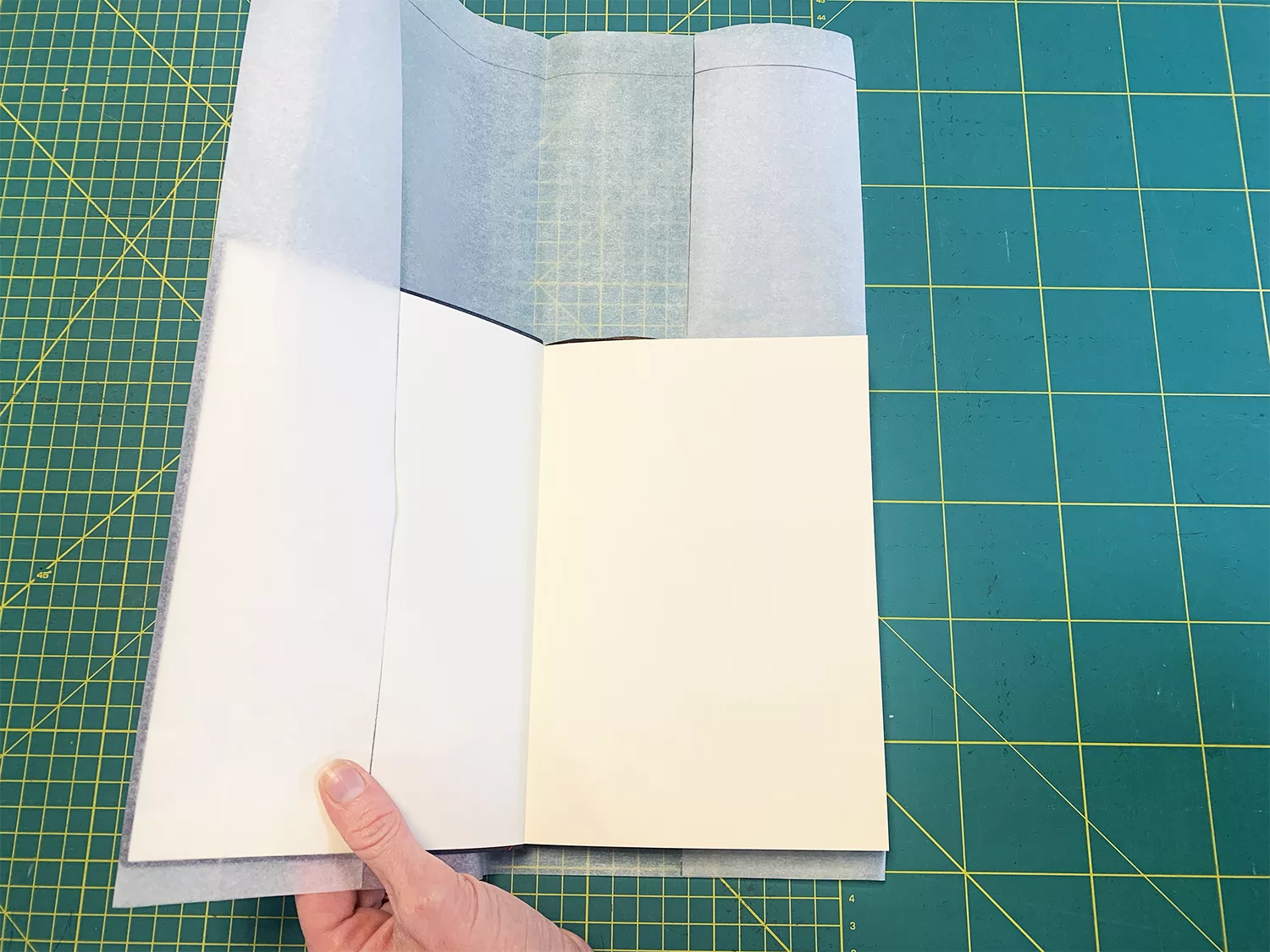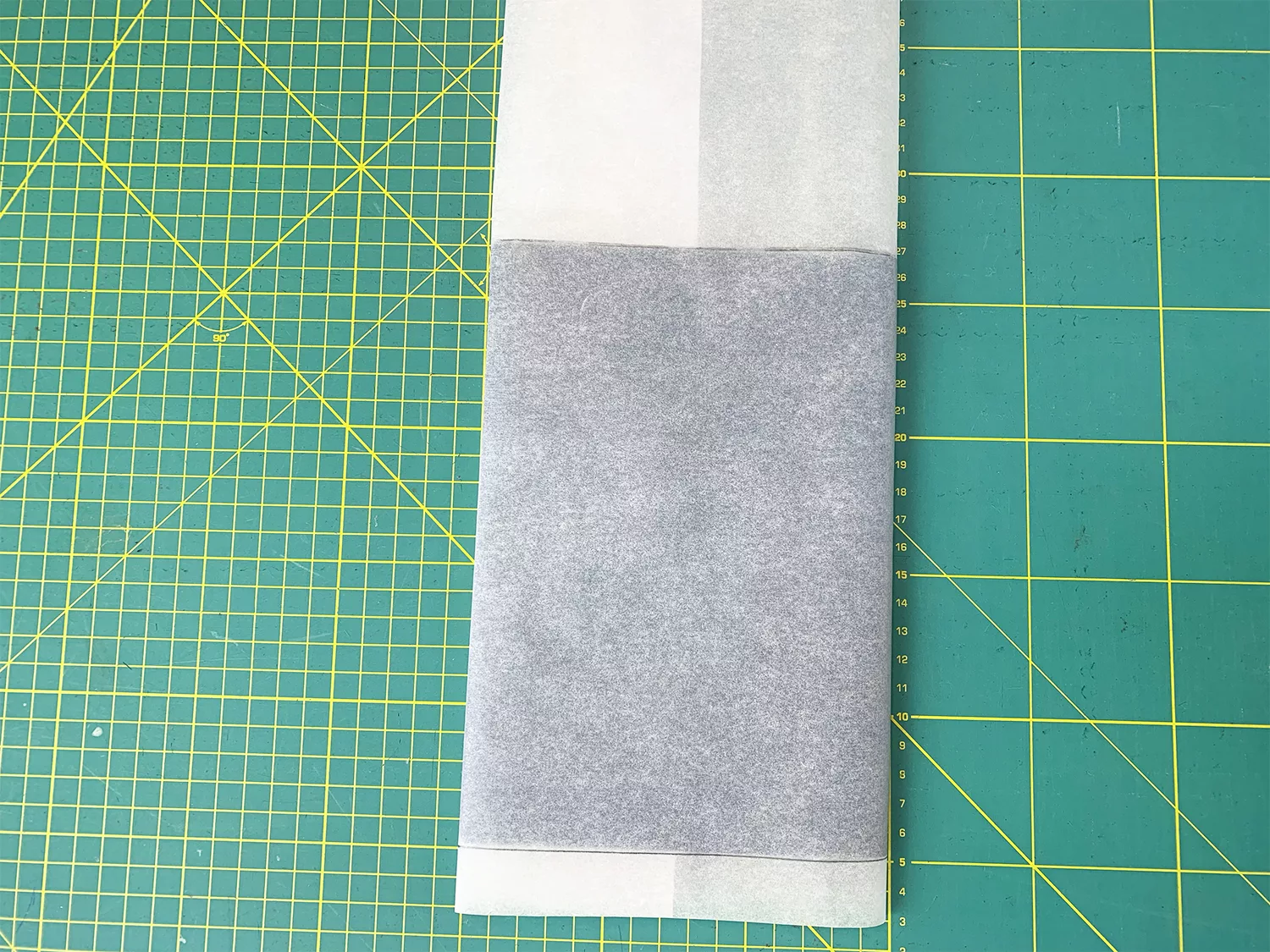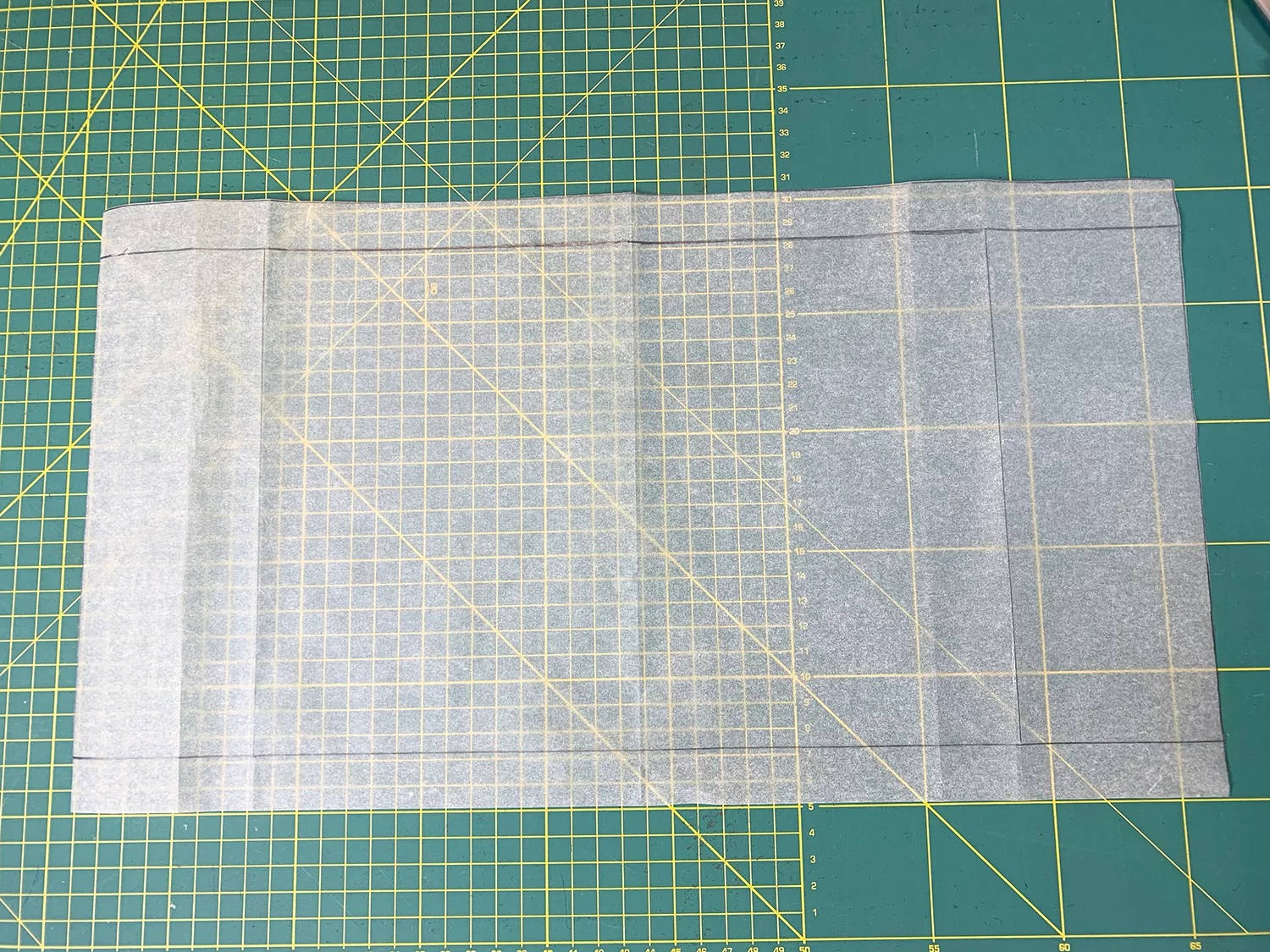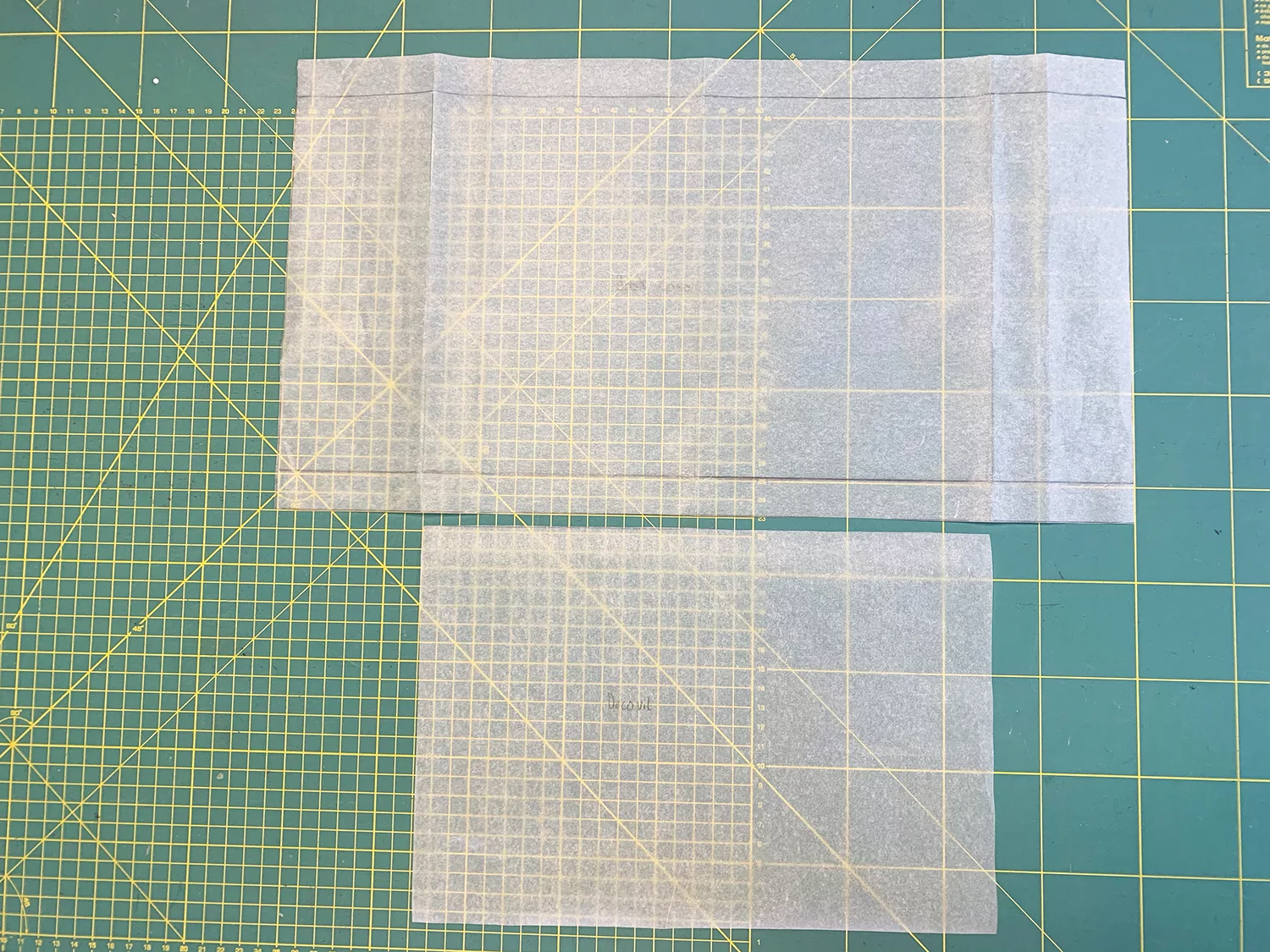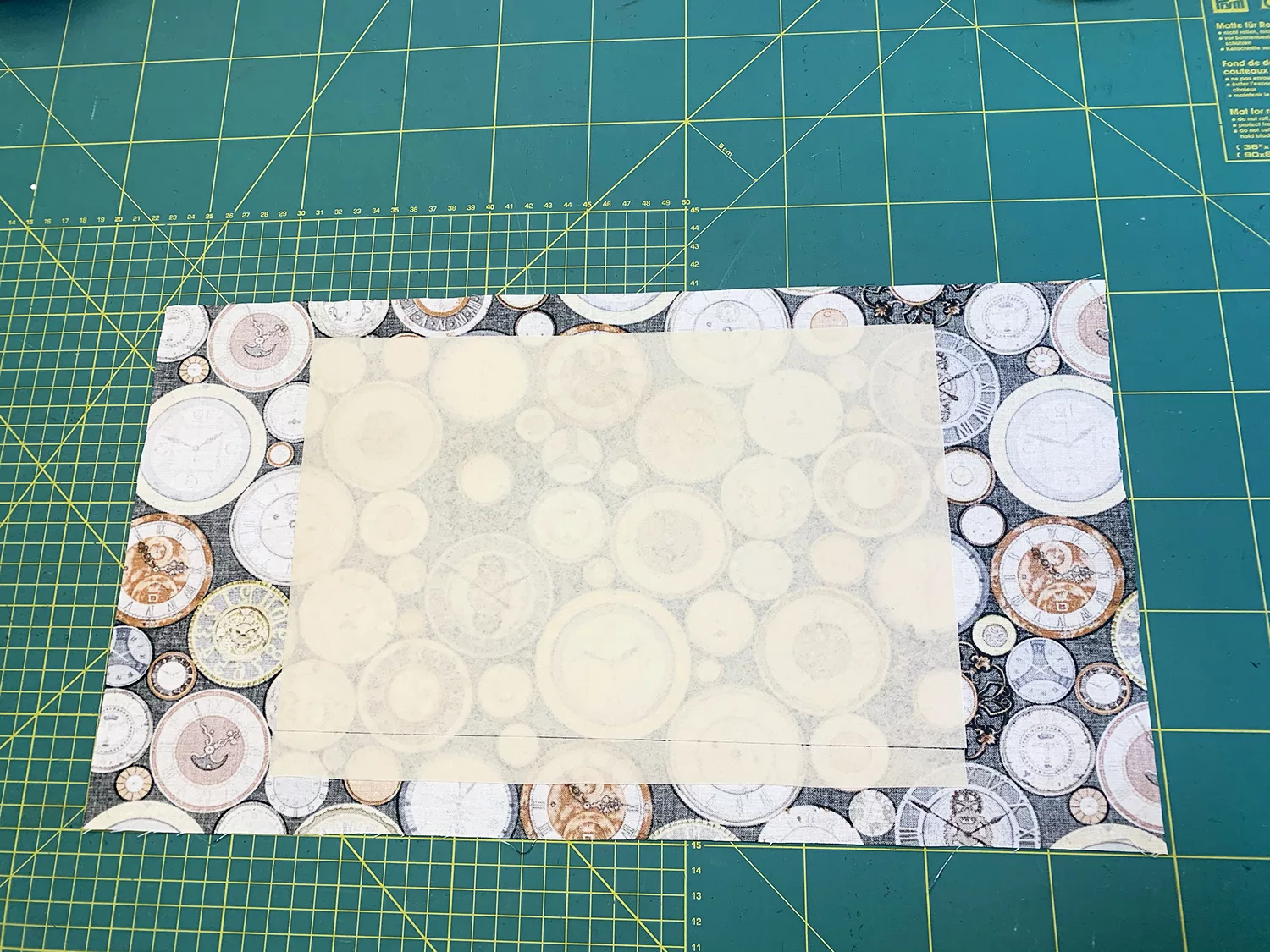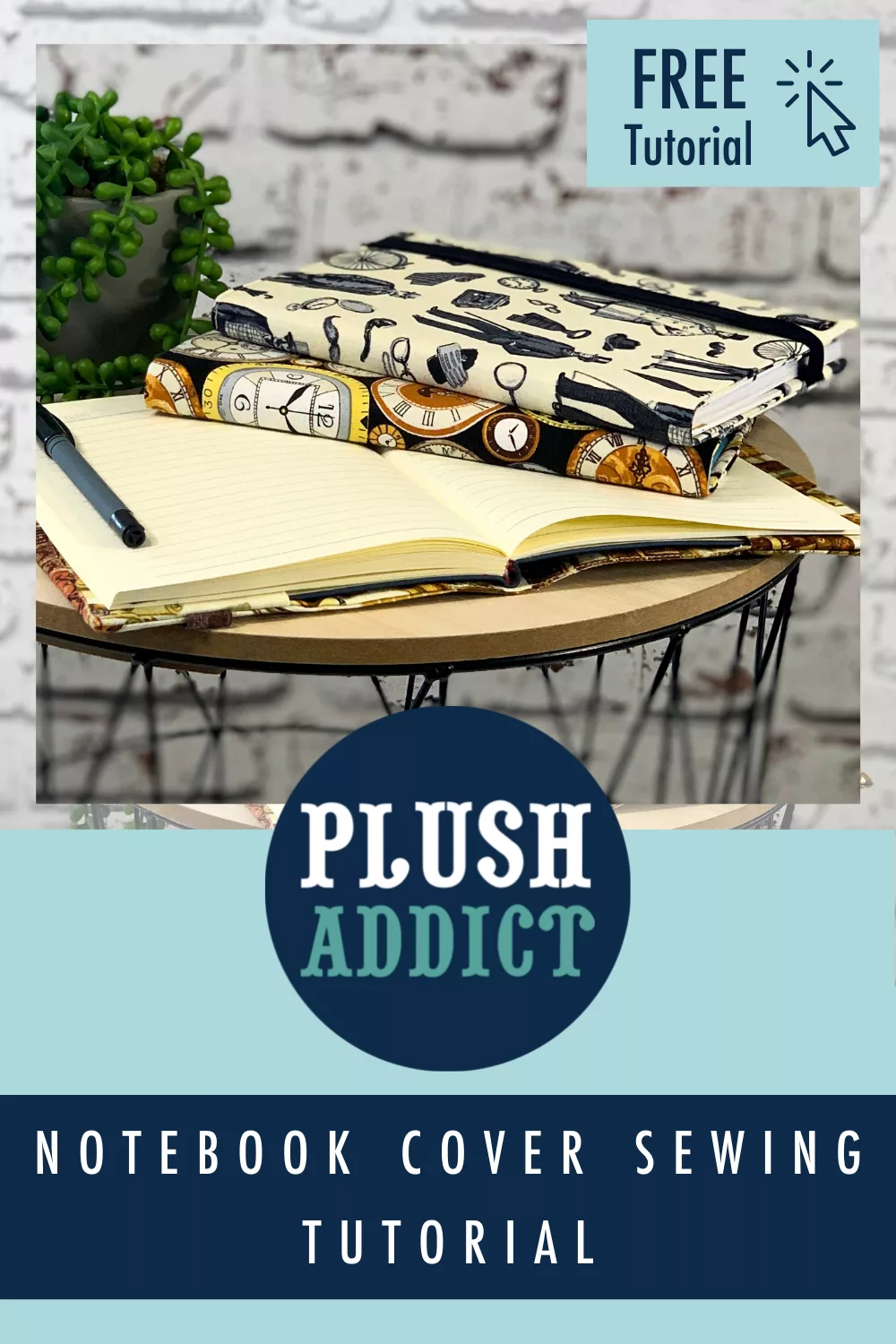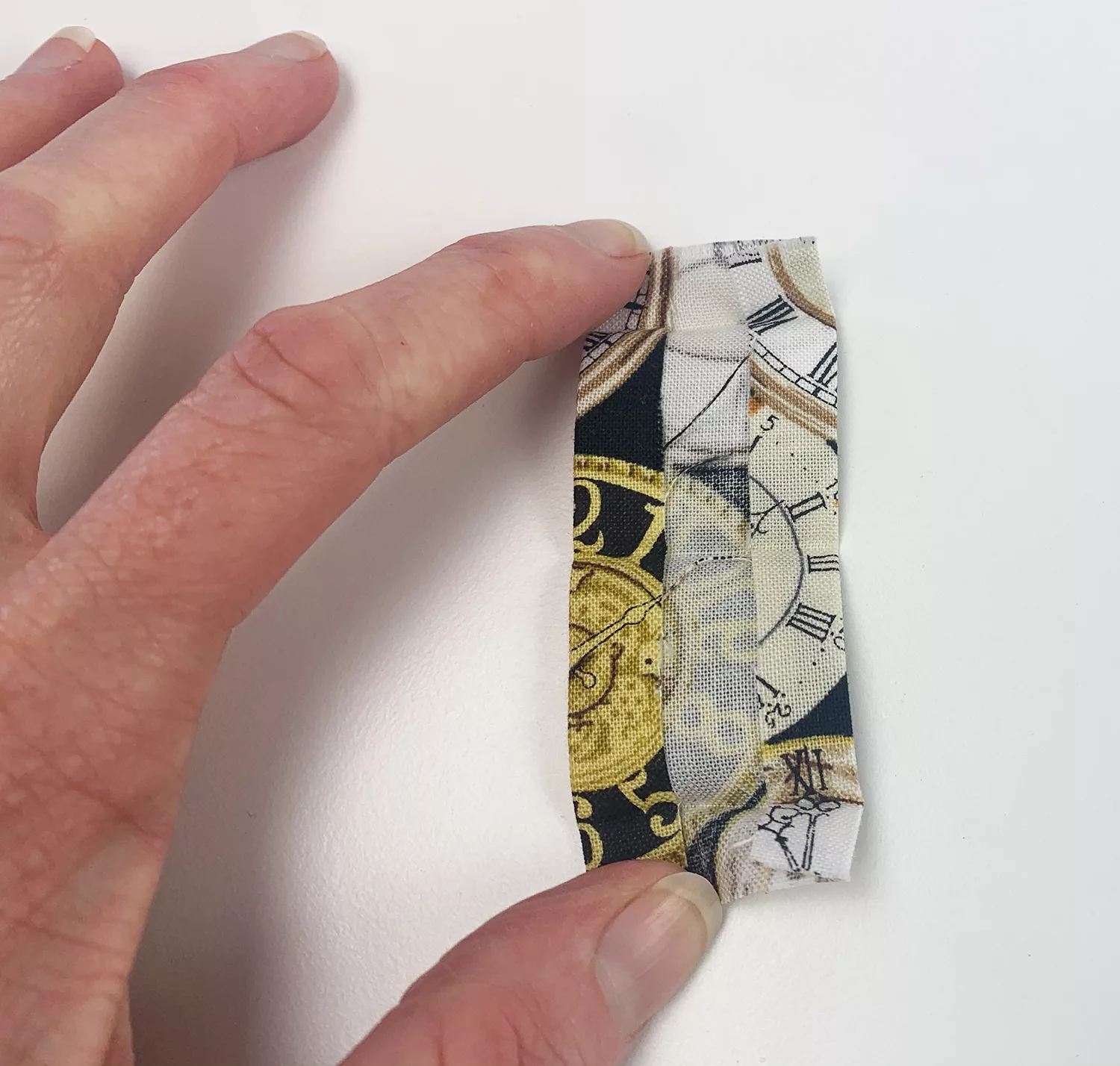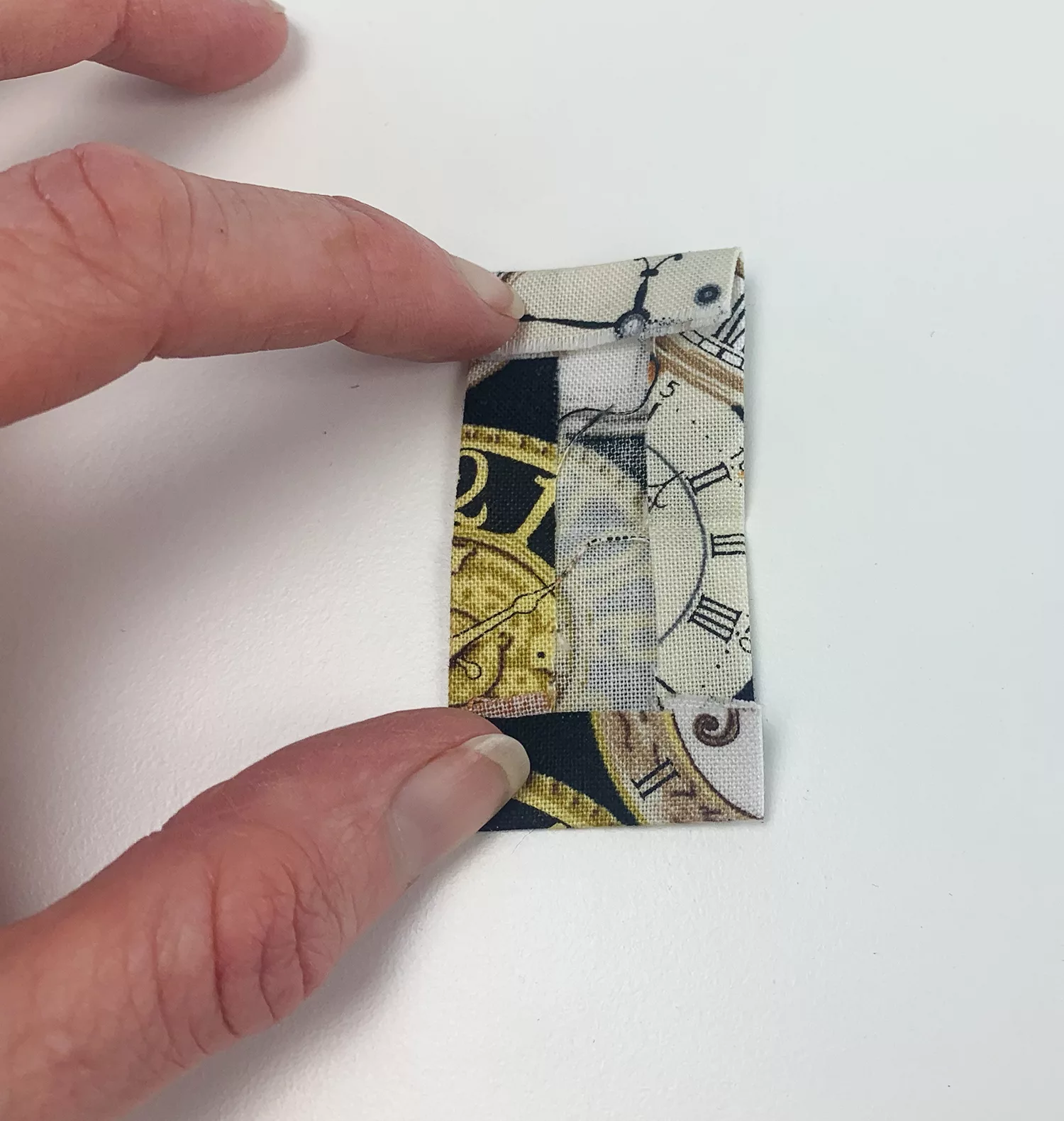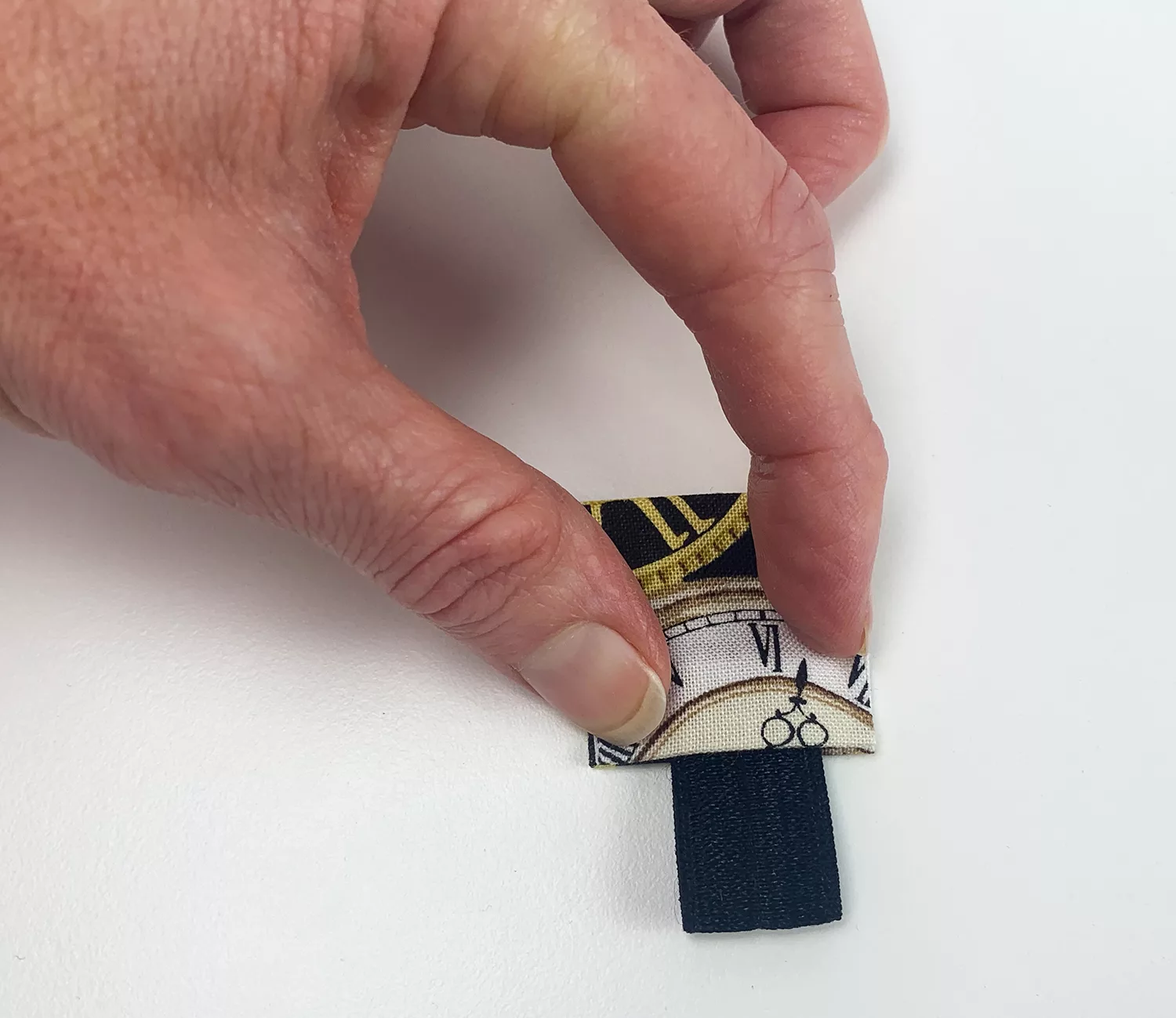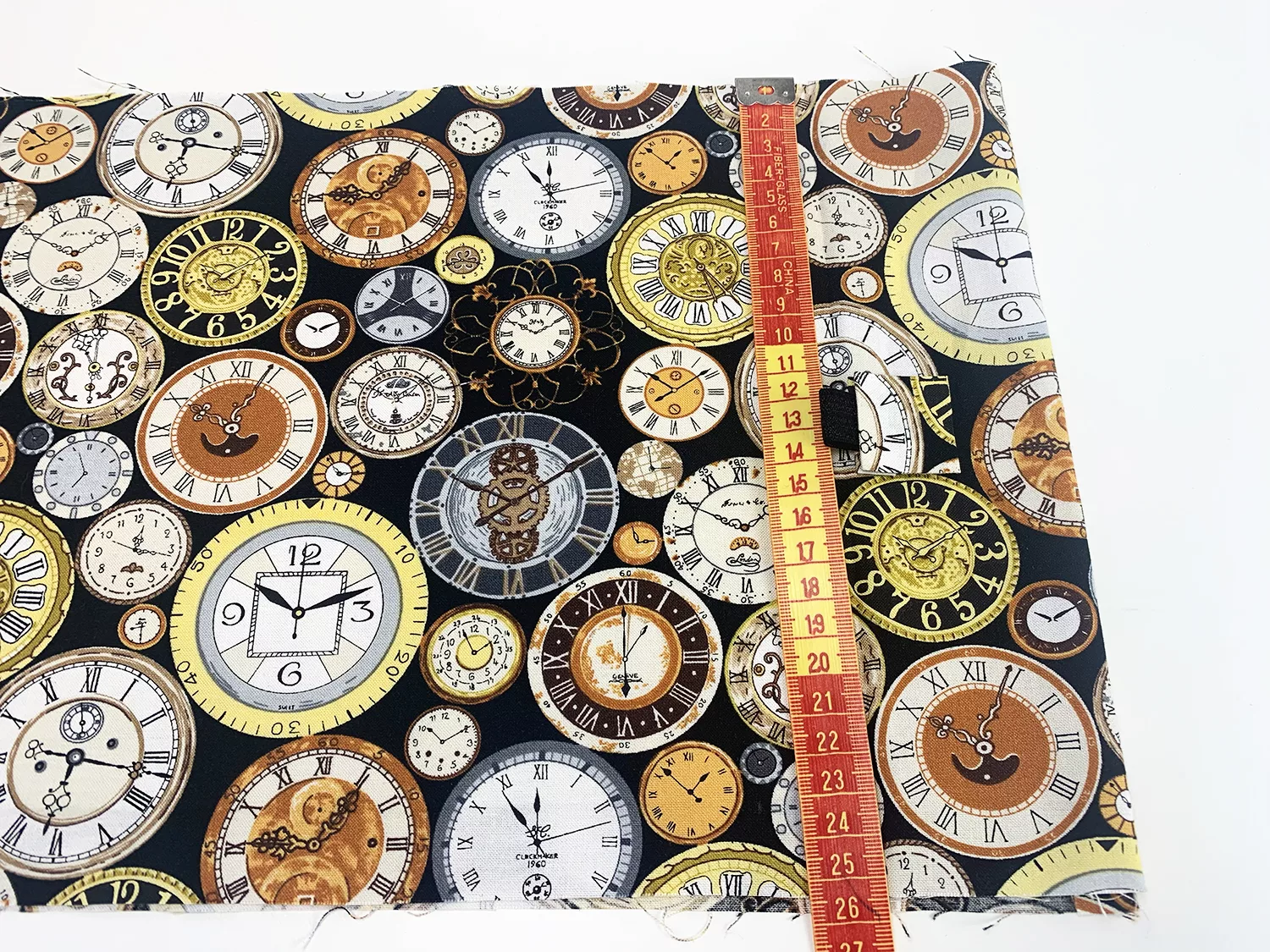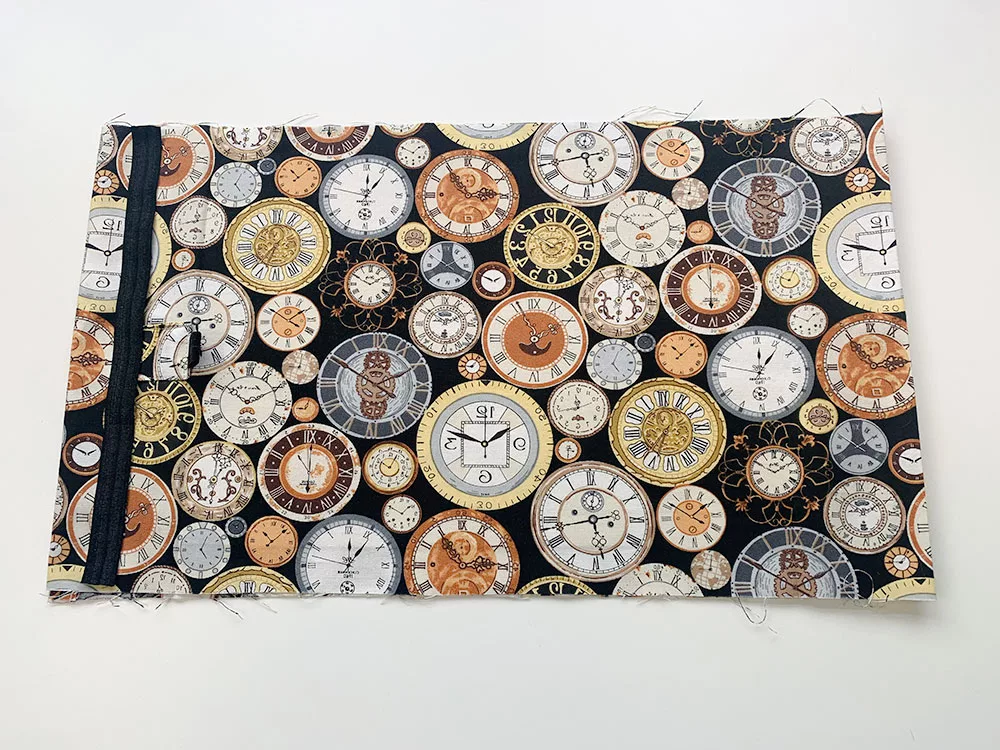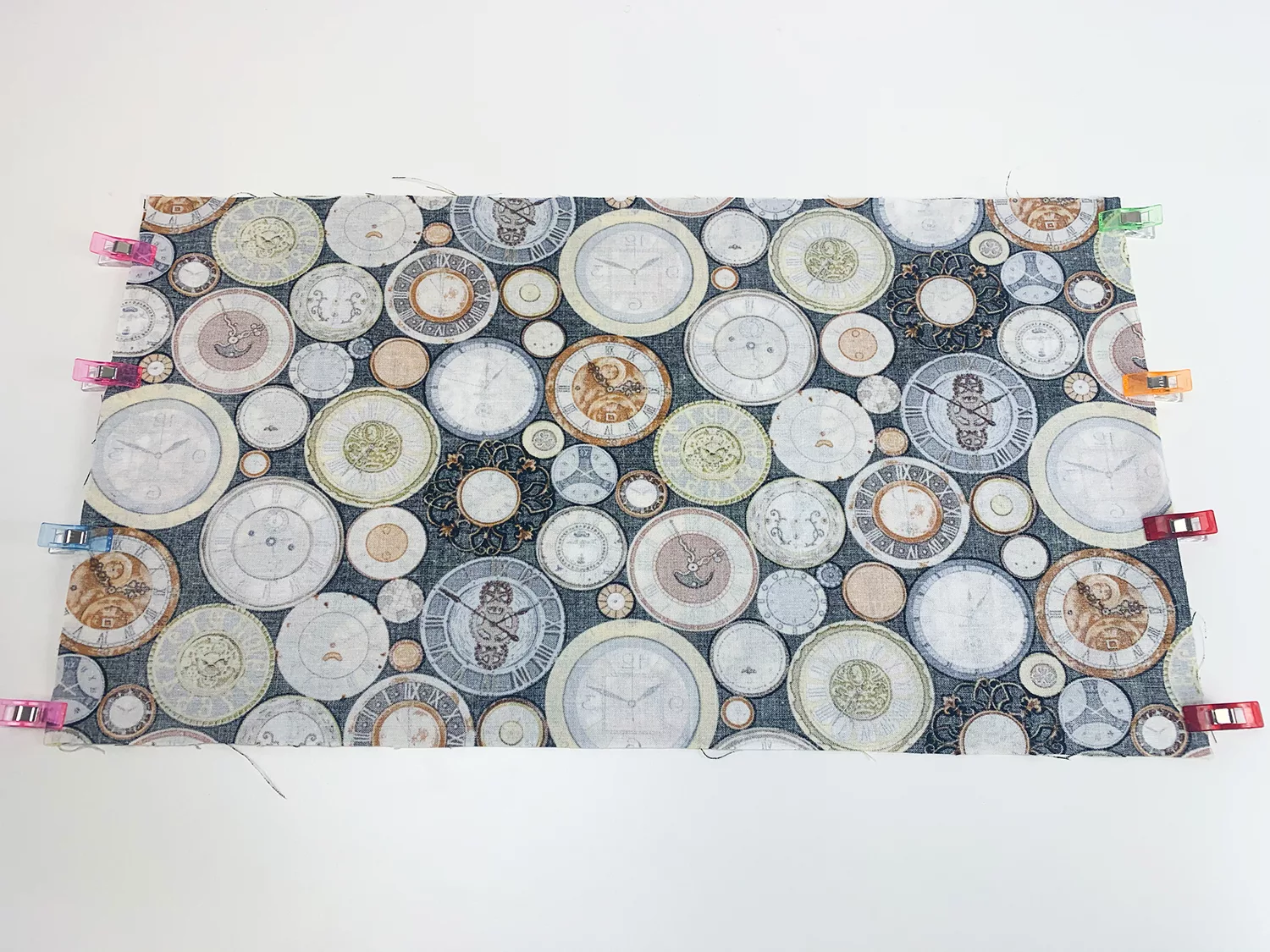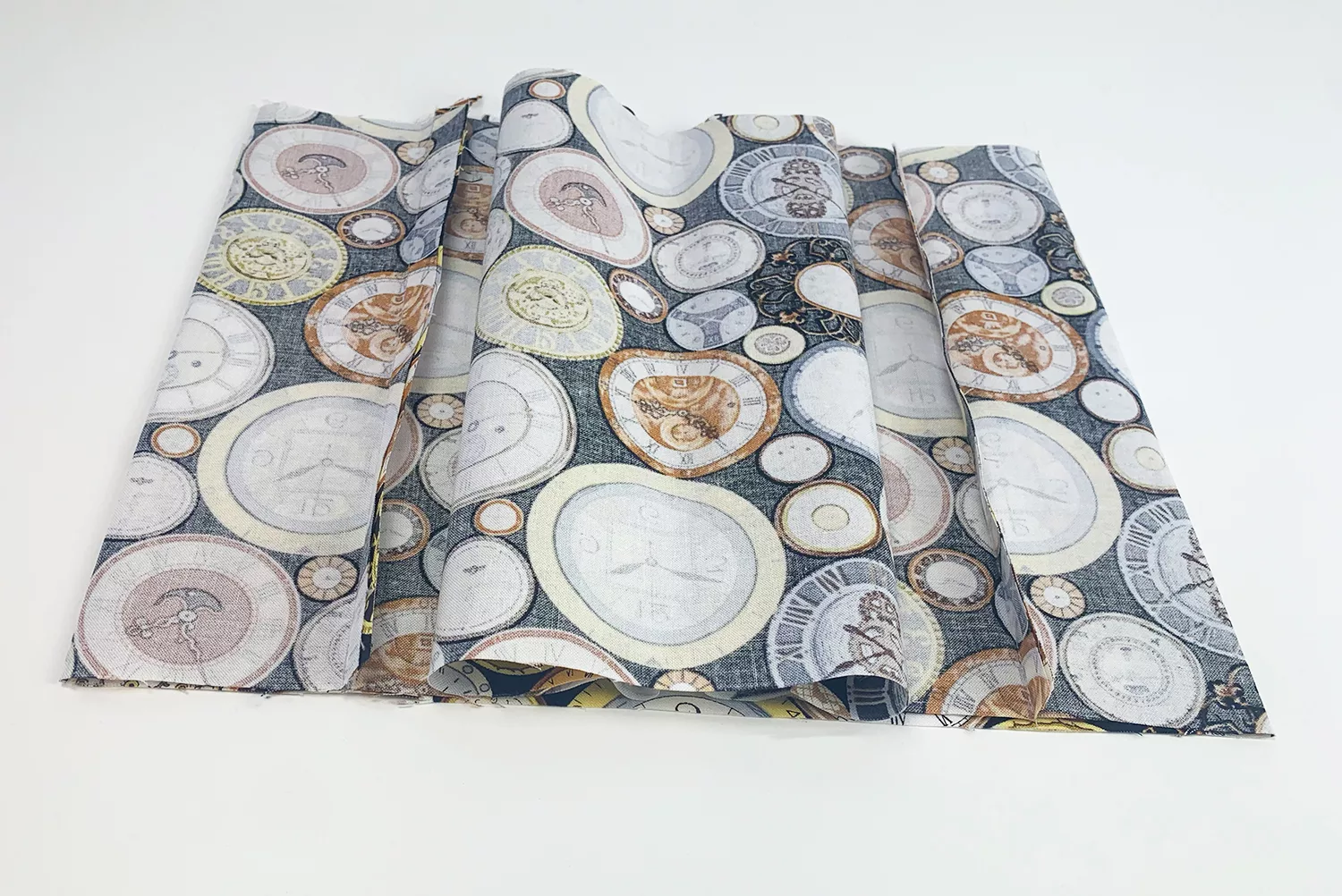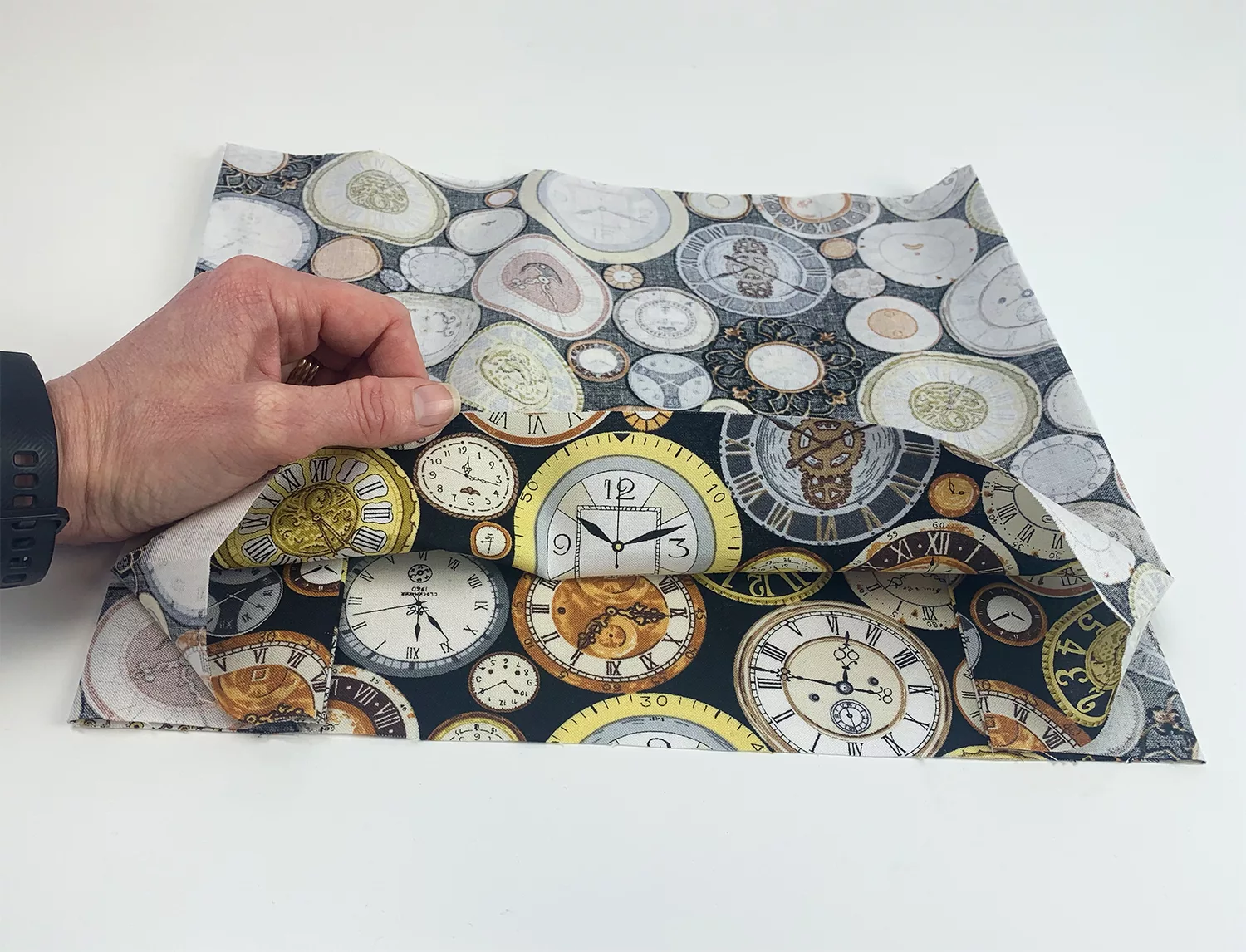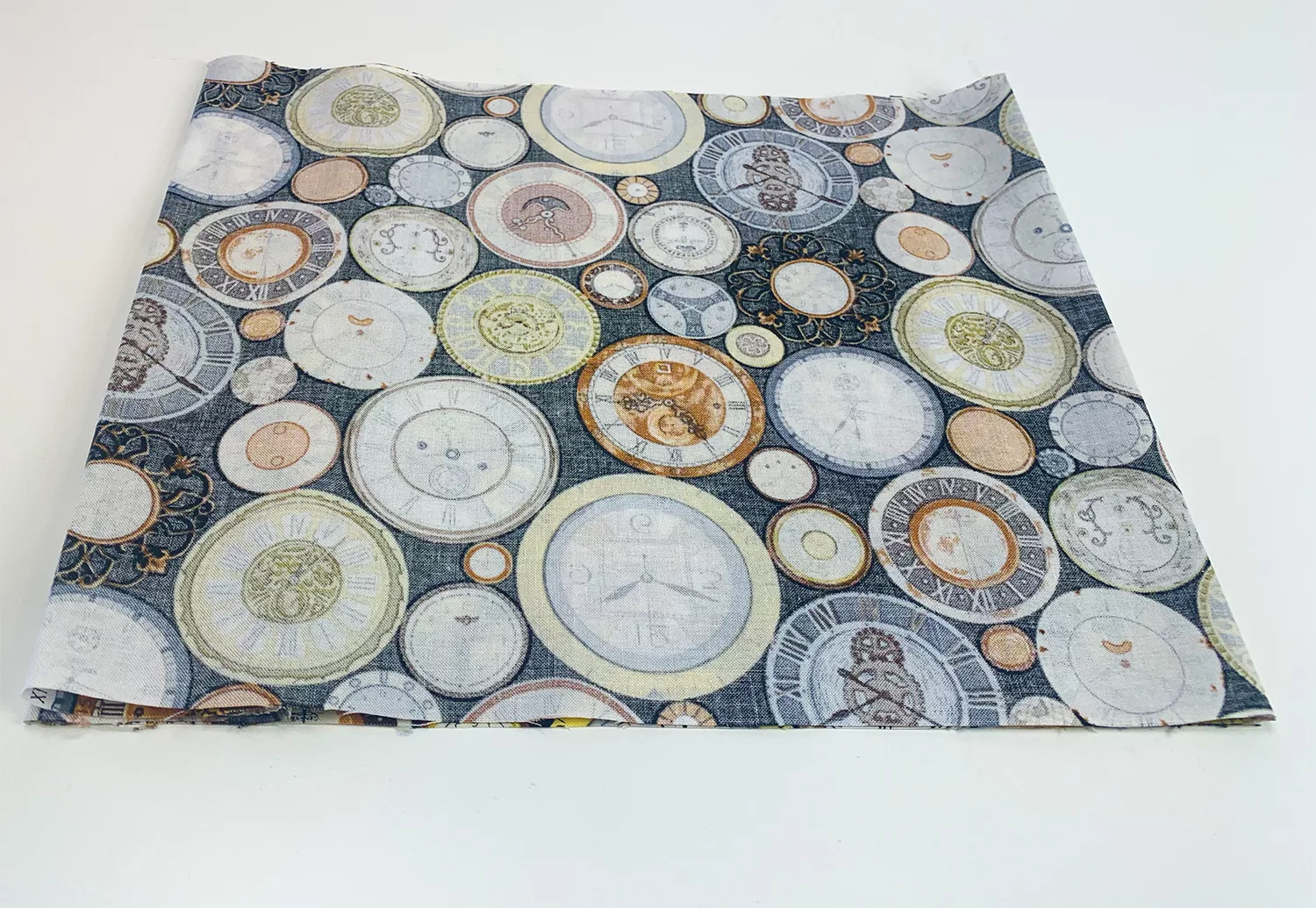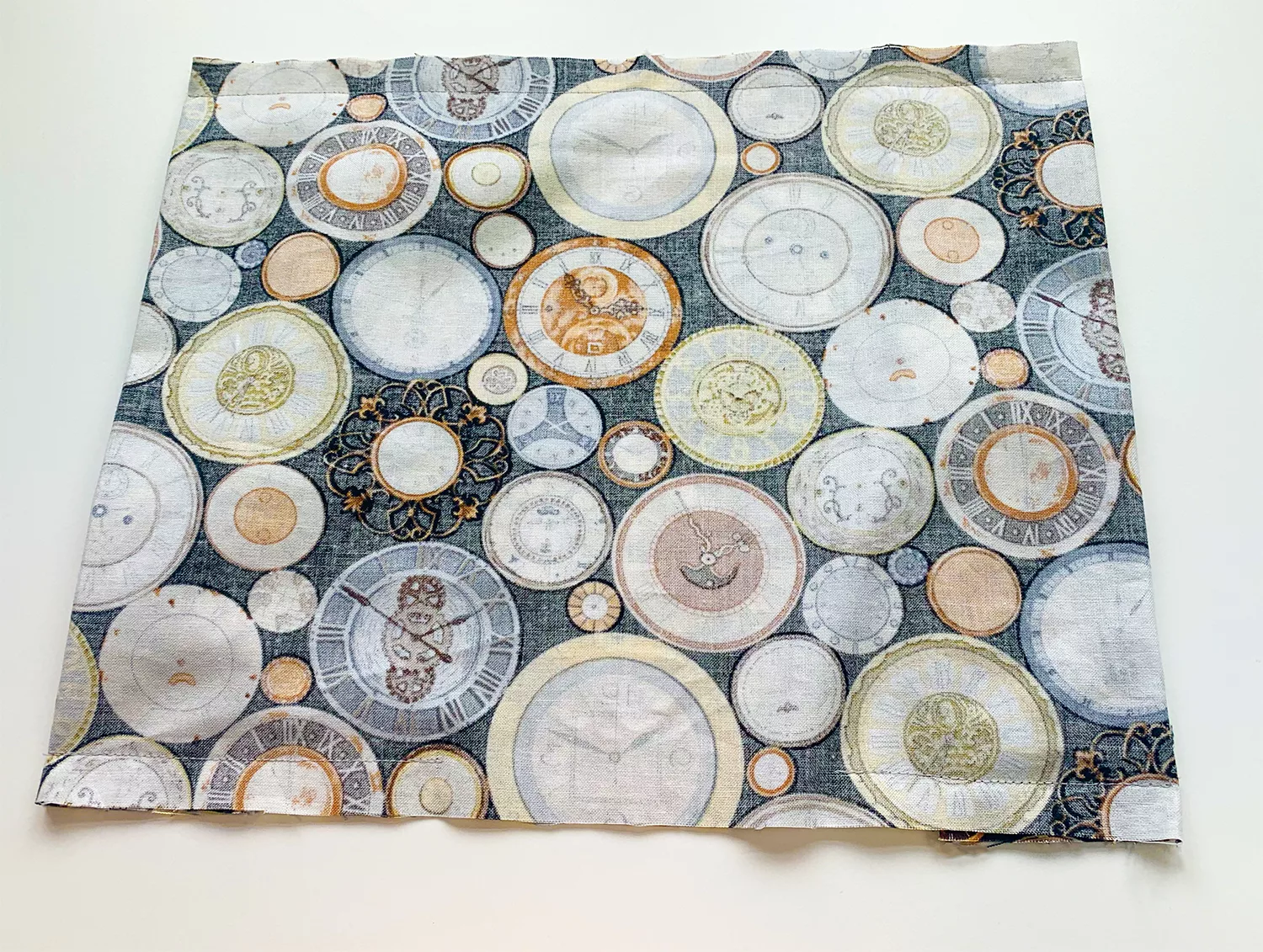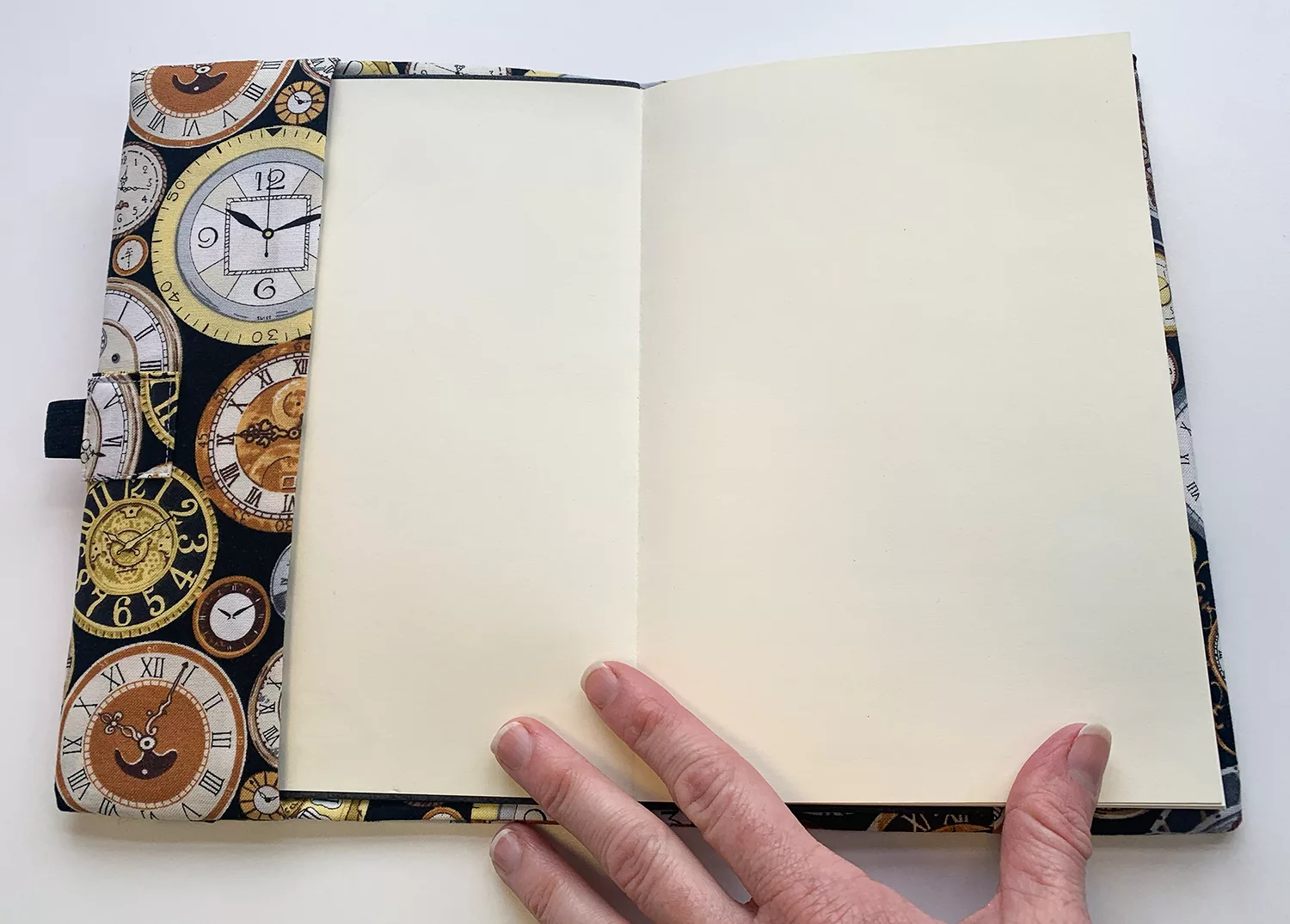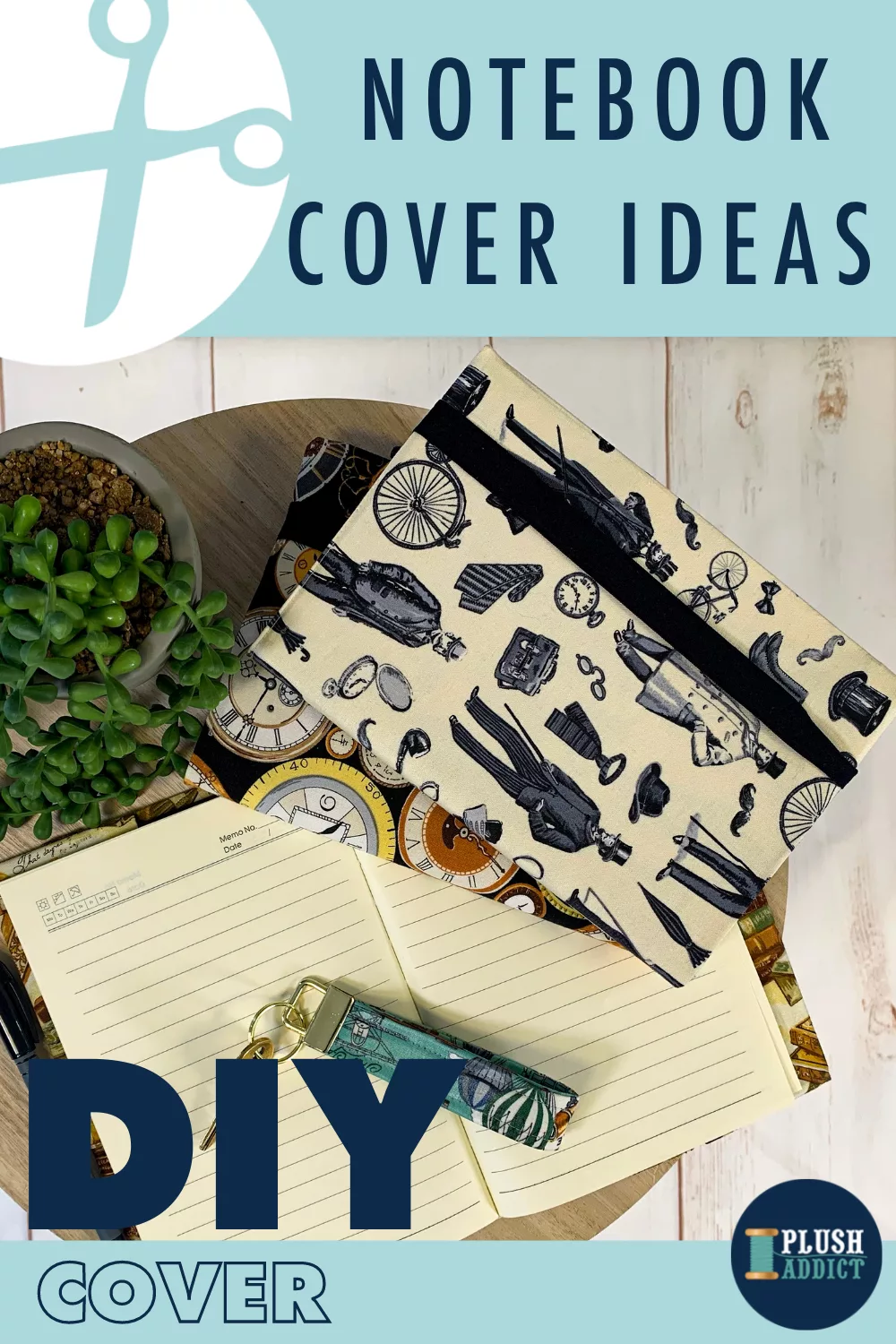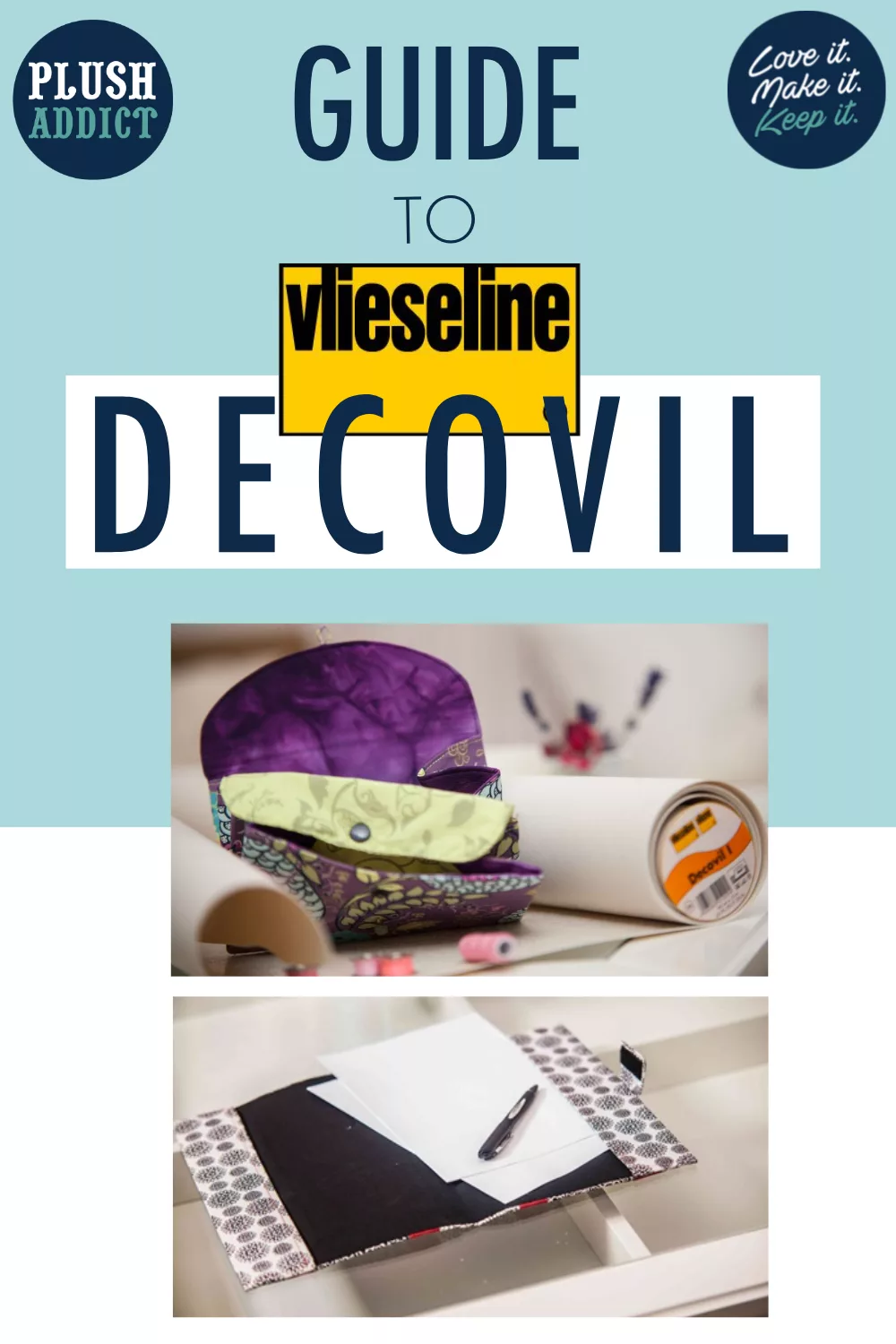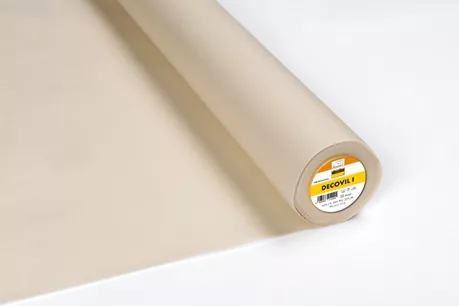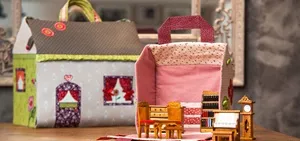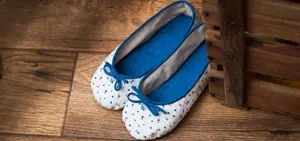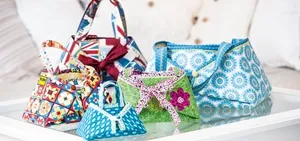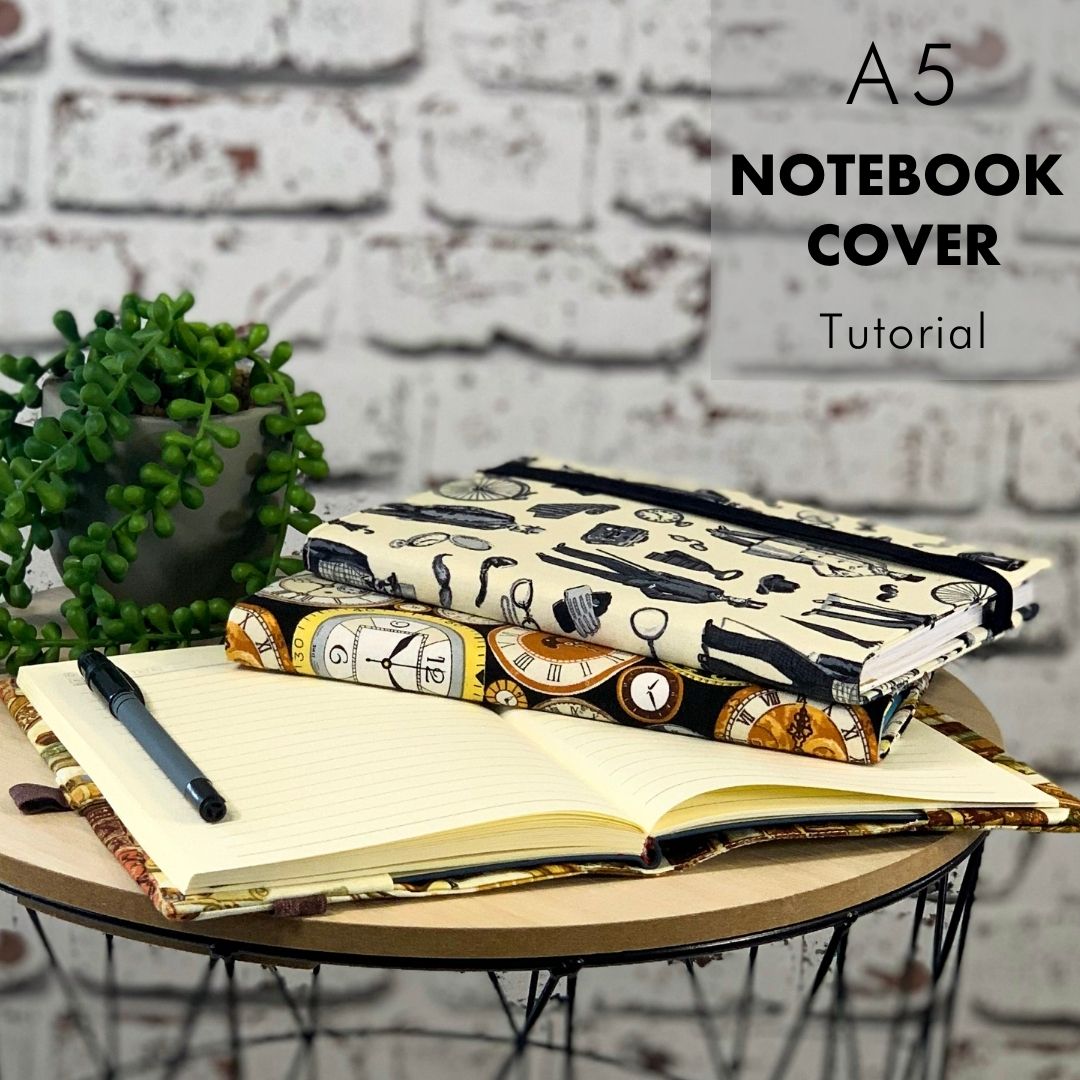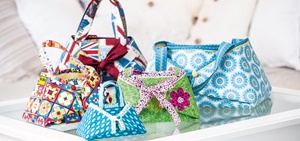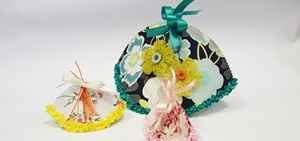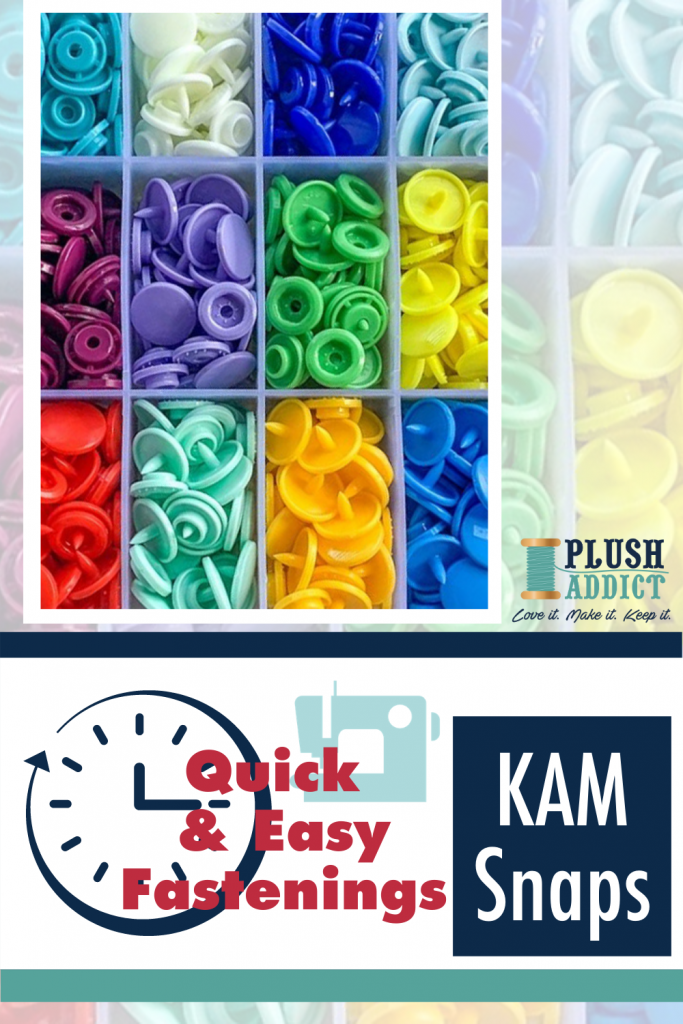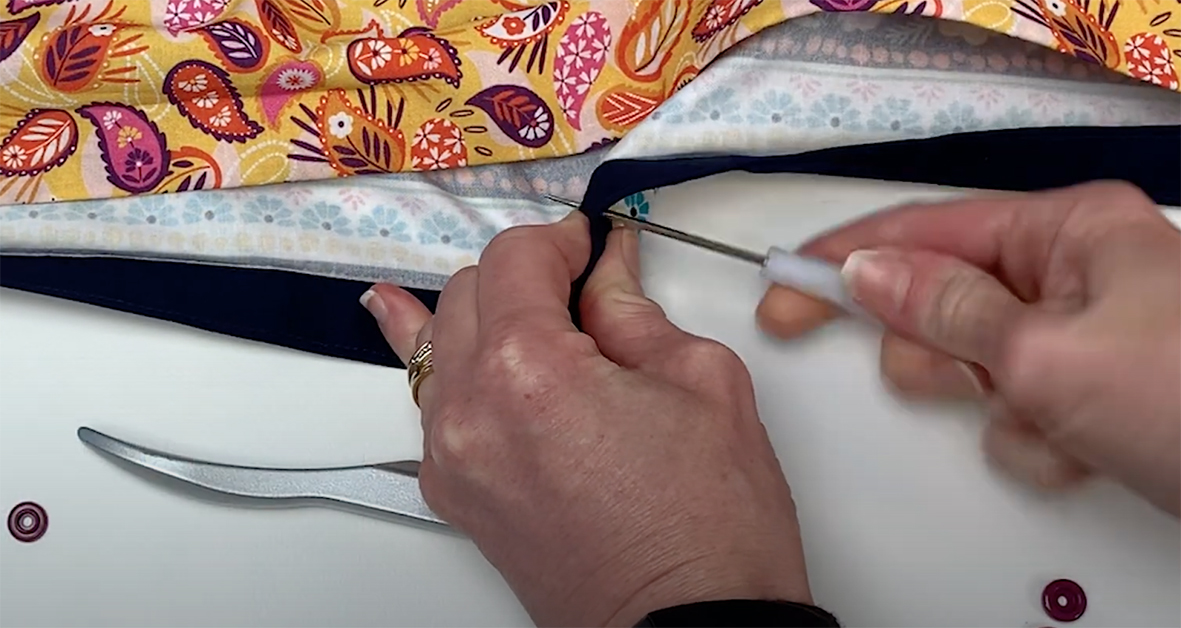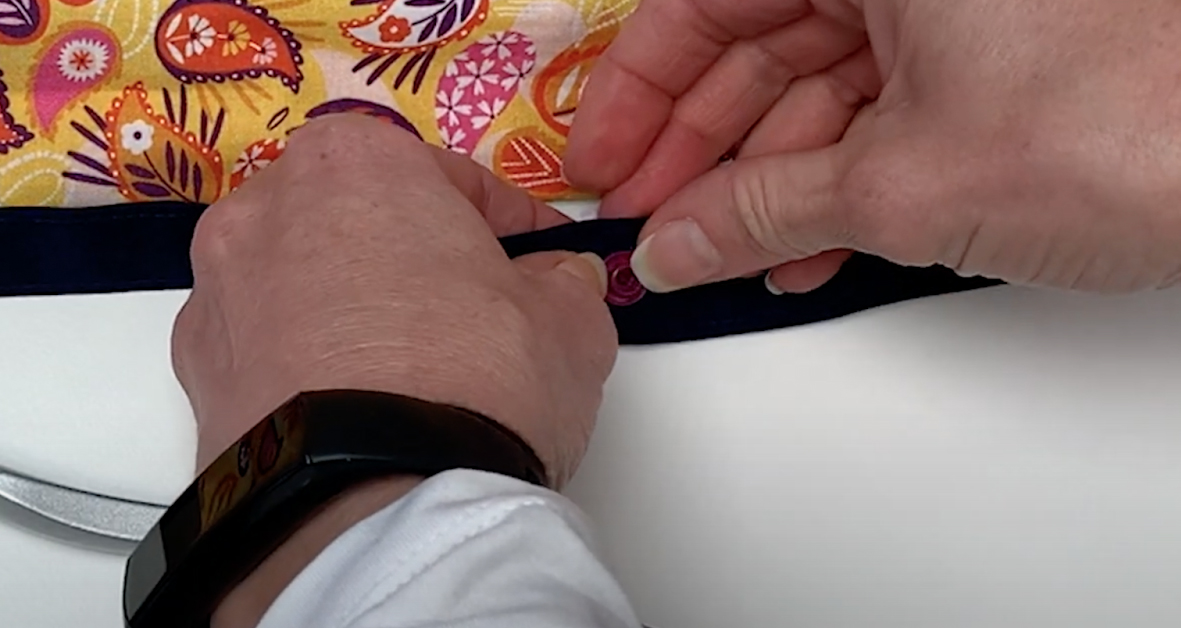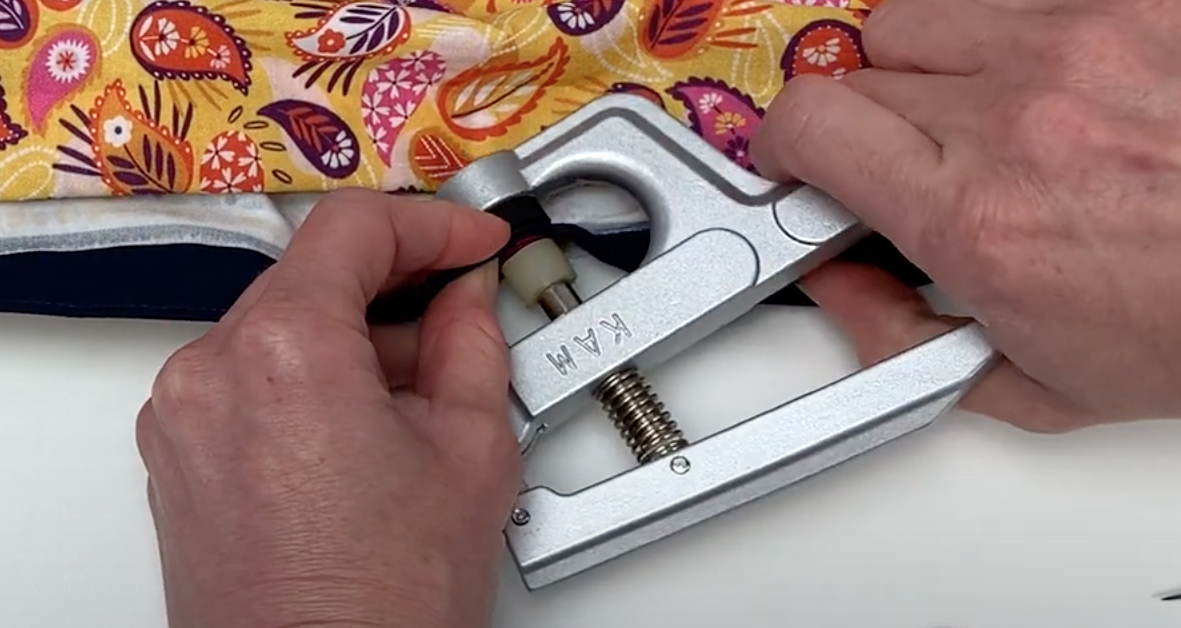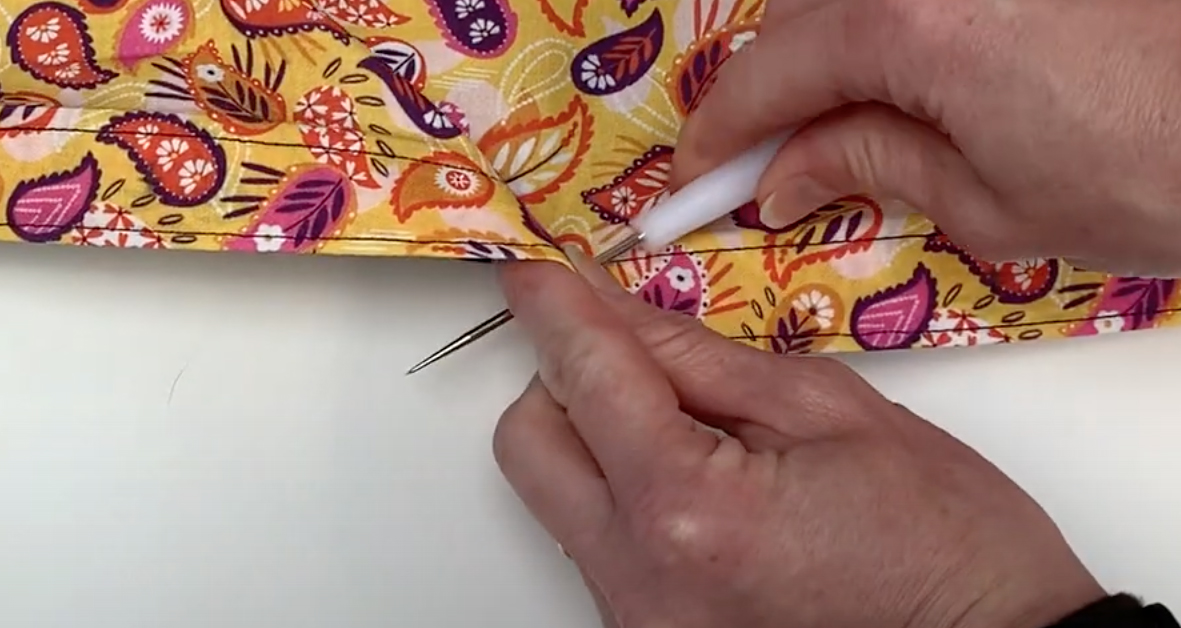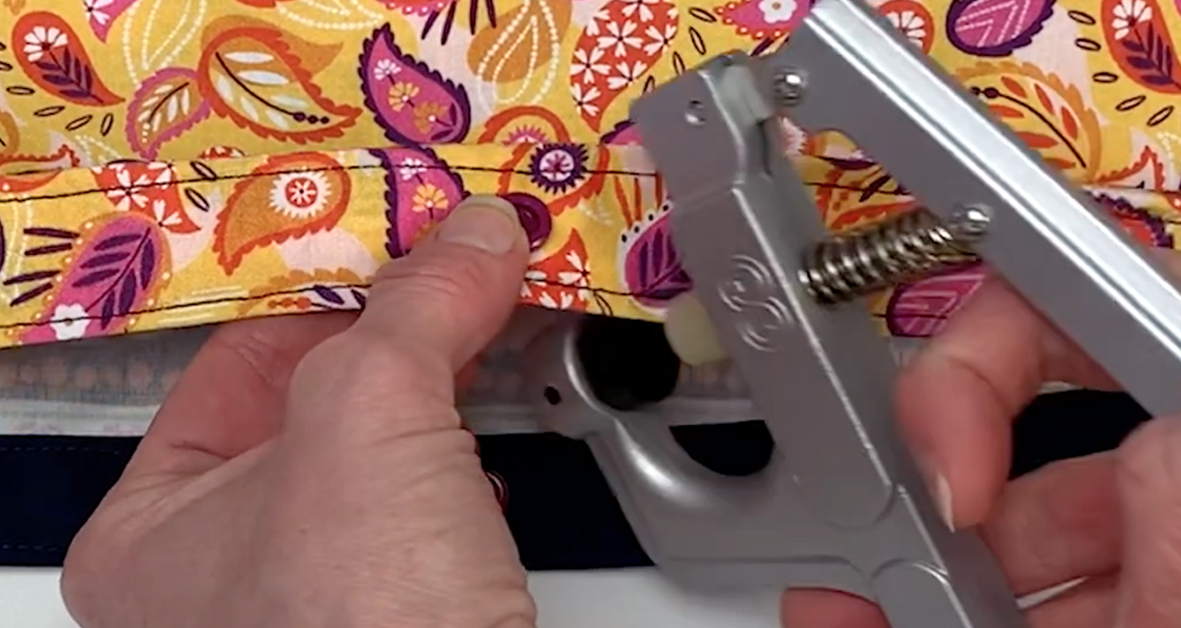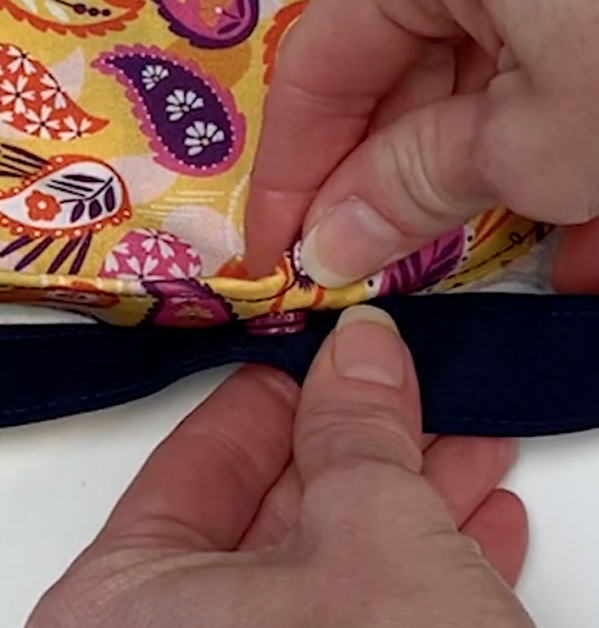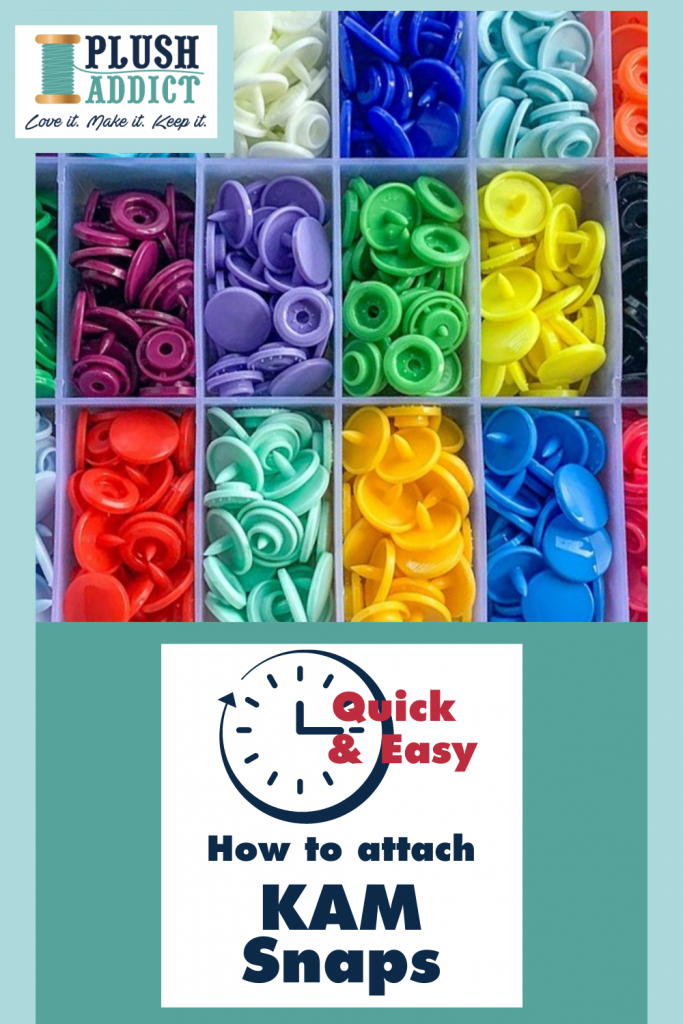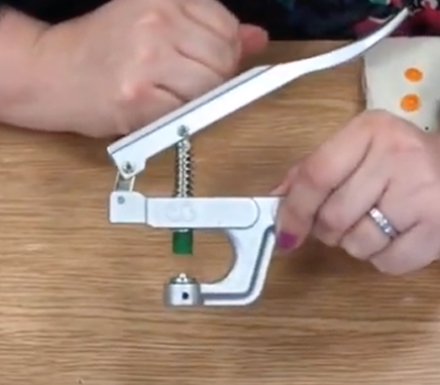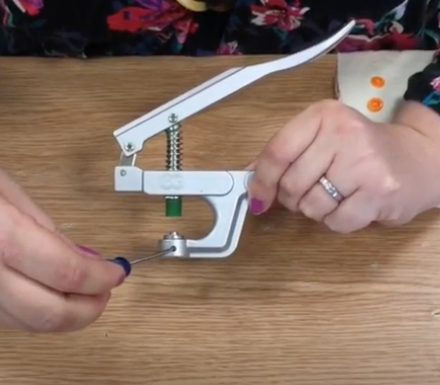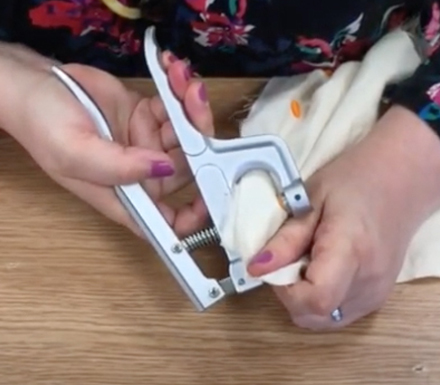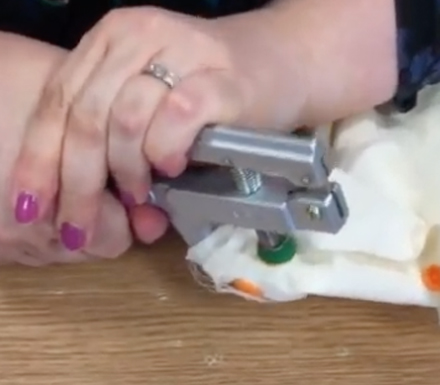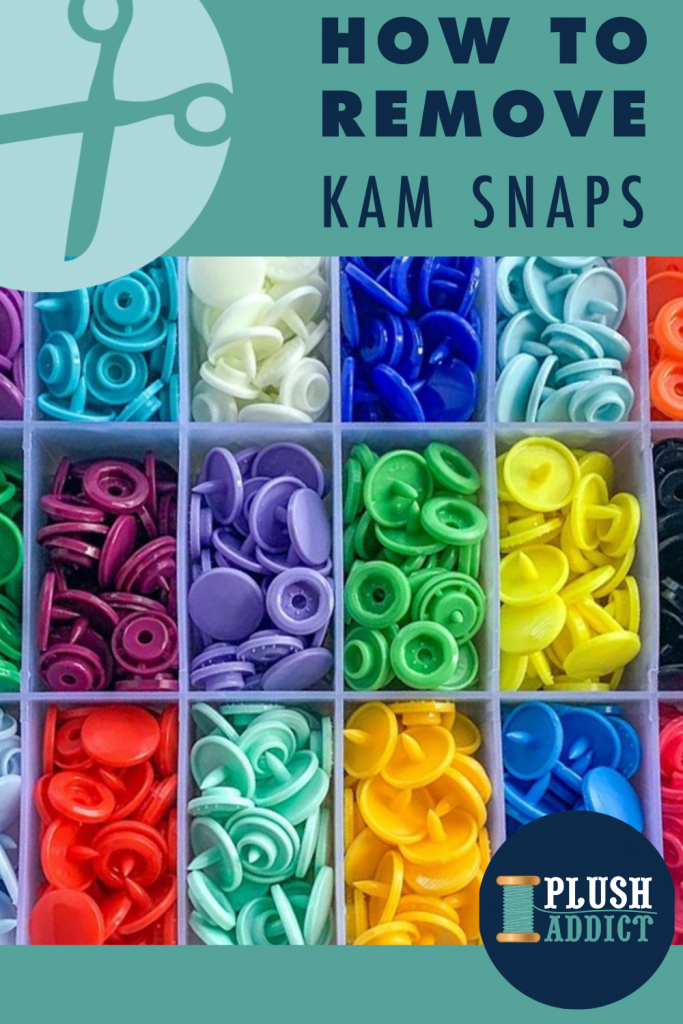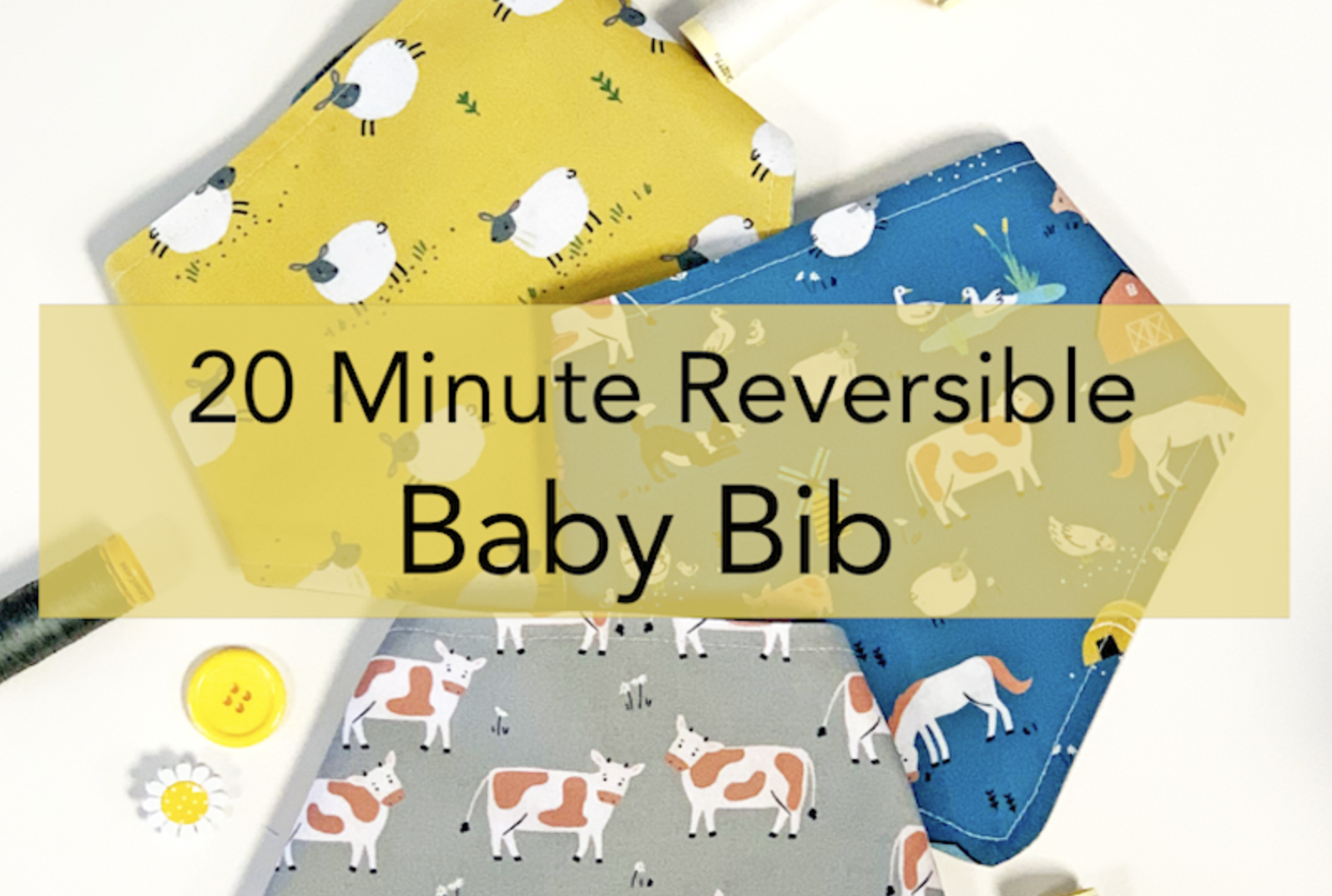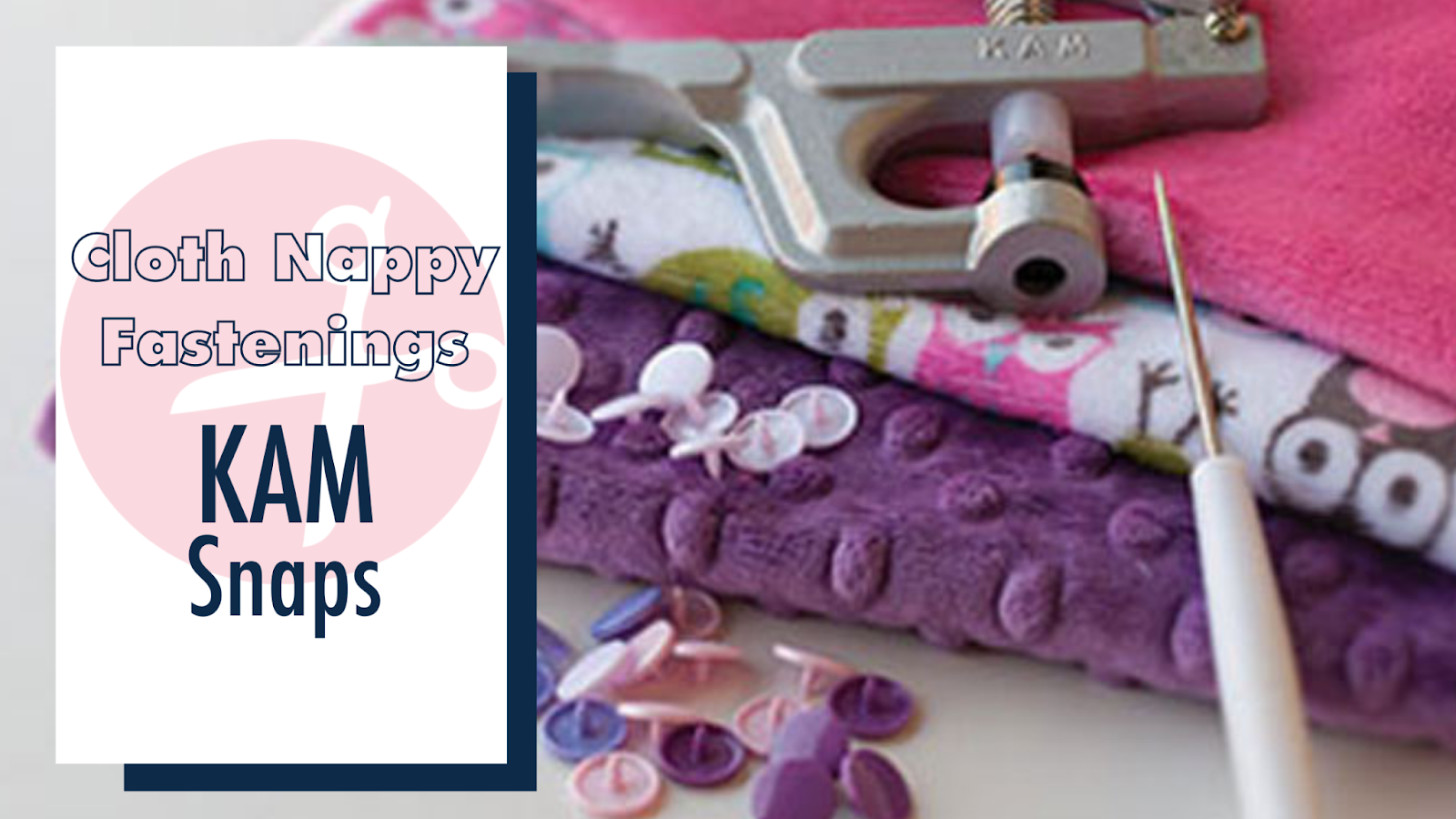
3 Project Ideas For Father’s Day!
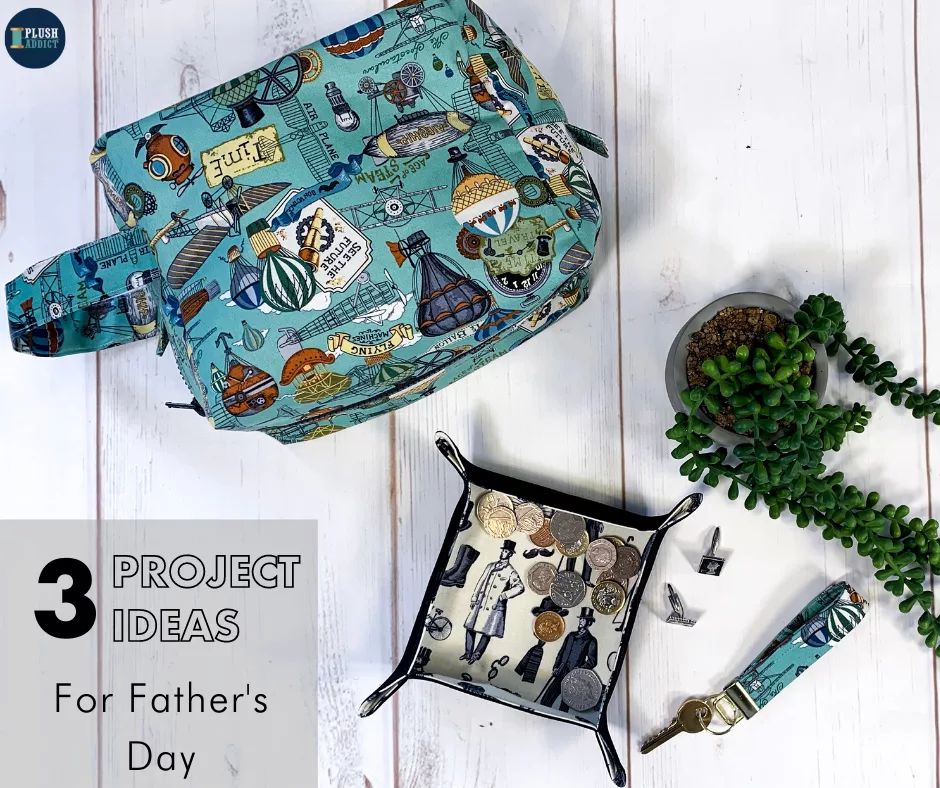
Can you believe it’s almost June? Father’s Day is JUST round the corner.
Buying for men can be surprisingly difficult! Turns out they can be pickier than women, who knew?!
Soooo… What are you getting Dad this year? Another pair of socks? Or do you just about have enough brain bandwidth to make a card?
If so, don’t feel bad! We know times have been trying as of late.
To save you the brain power of having to think of yet ANOTHER fun or creative gift we’ve put together 3 Father’s Day project ideas for you below.
First up is the A5 notebook cover which you can find here.
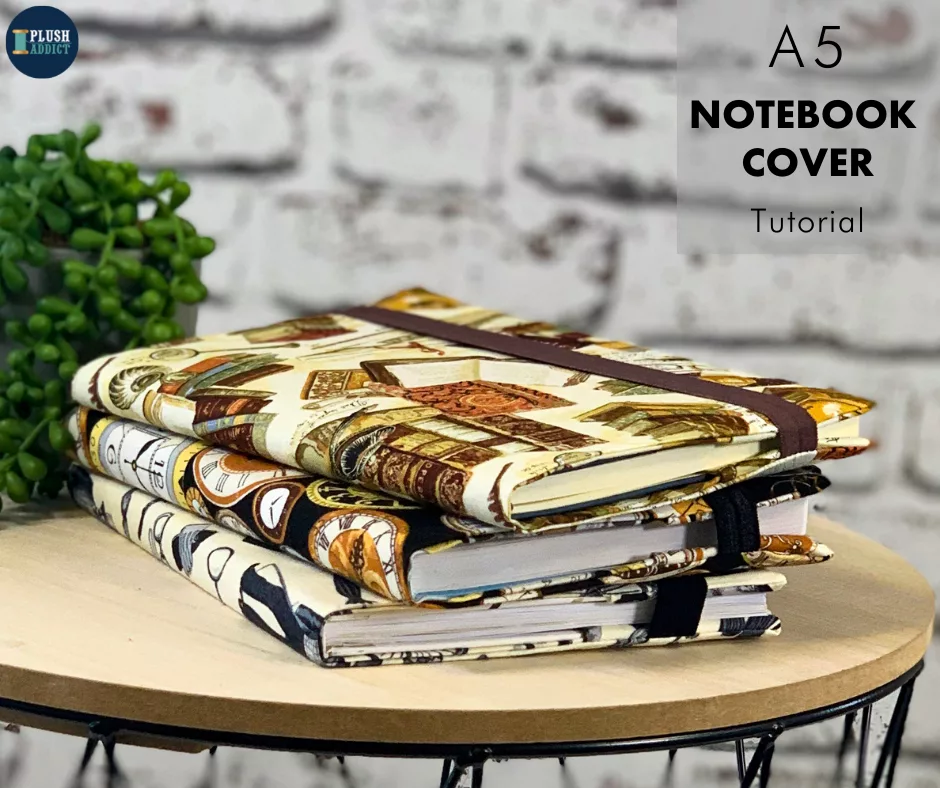
It’s great for busy office Dad’s to help protect everyday notebooks from wear & tear, but most important little food ridden hands!
Next is the large travel wash bag!
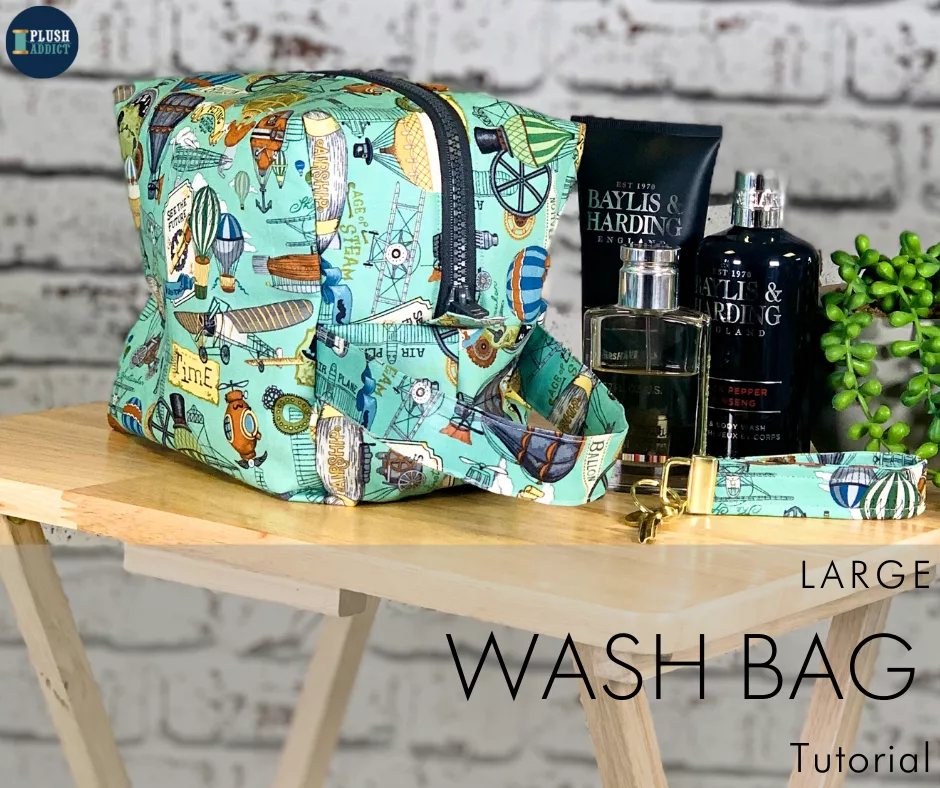
Ideal to store bathroom supplies when holidaying or if Dad is super trendy… use it as a man bag.
Last but not least is the SUPER quick to make 15 minute fabric trays!
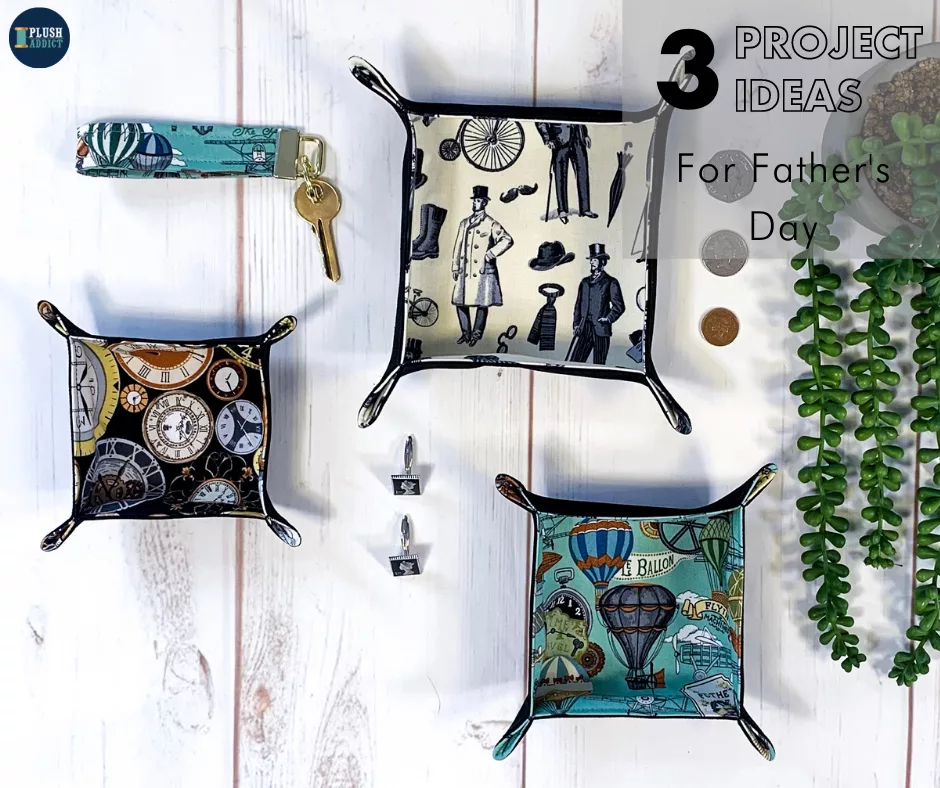
This is a project we’ve done previously but repurposed for Father’s Day because they’re so handy!
Who loses their keys more? Mum or Dad? We can bet its Dad.
Whoever it is, these snazzy fabric trays are great to have jotted round the house for the whole family to use & keep keys, wallets or any other everyday essentials.
Check out the tutorials & give Dad a handmade gift this year!
Never miss another tutorial or guide…
Stay up to date with the latest by signing up to our newsletter!
Click to join our mailing list!
We hope you found this tutorial useful! Let us know how you get along in the comments below.
Follow Plush Addict on social media and keep an eye out for more tutorials!



